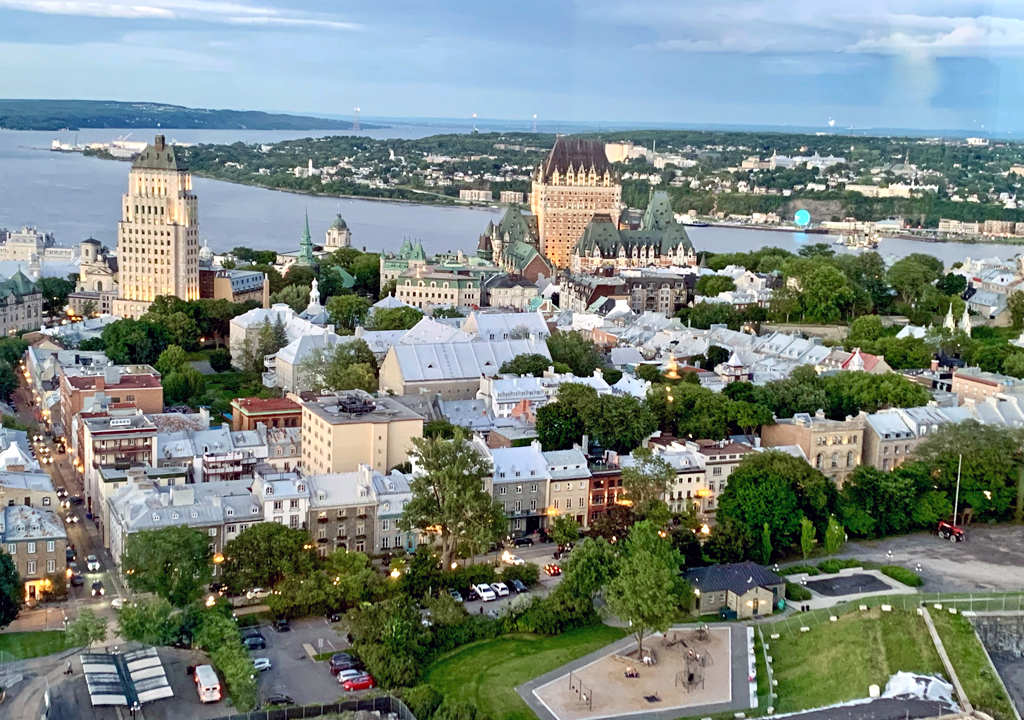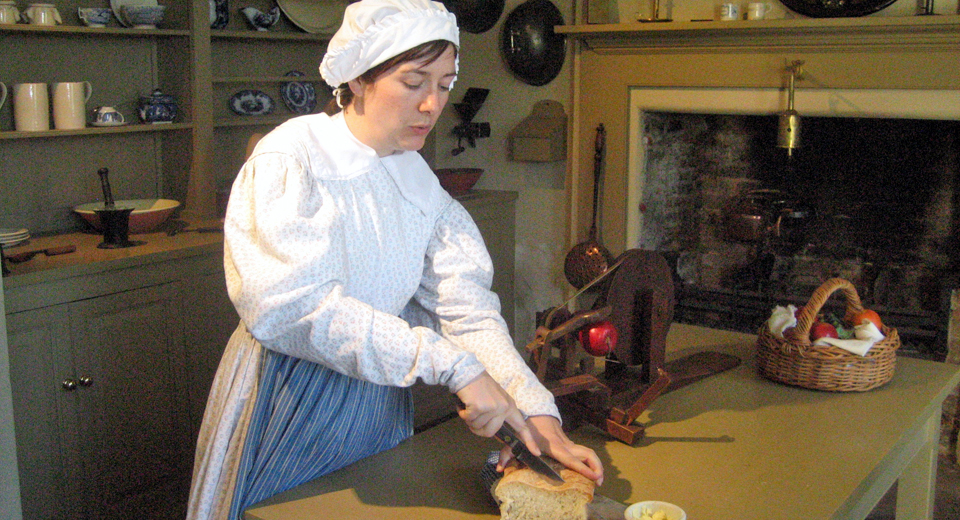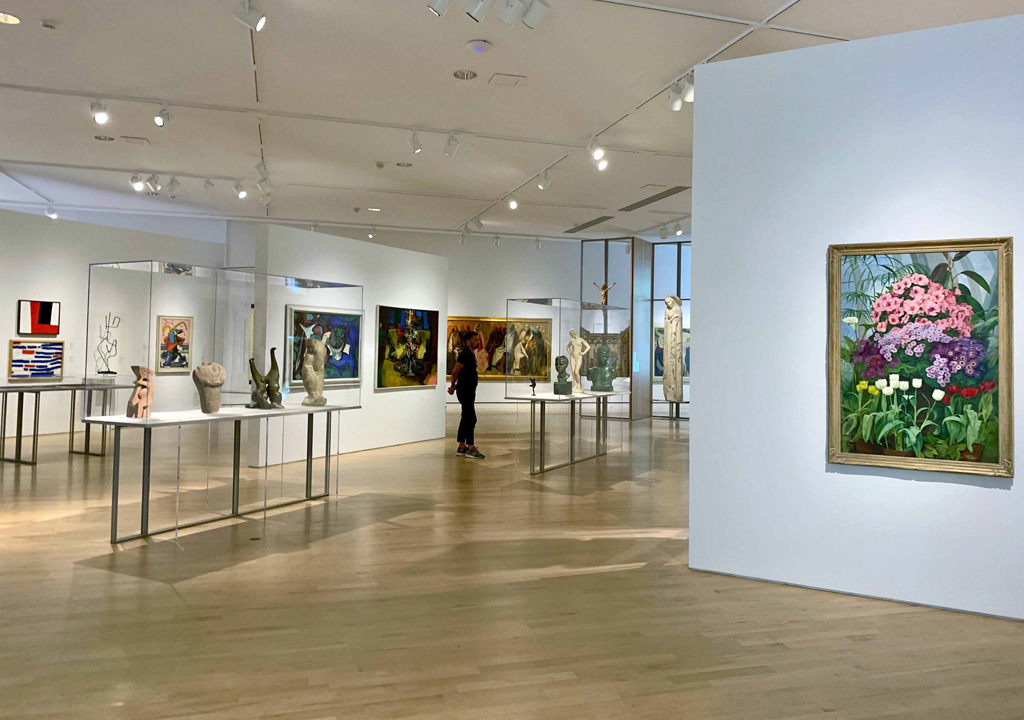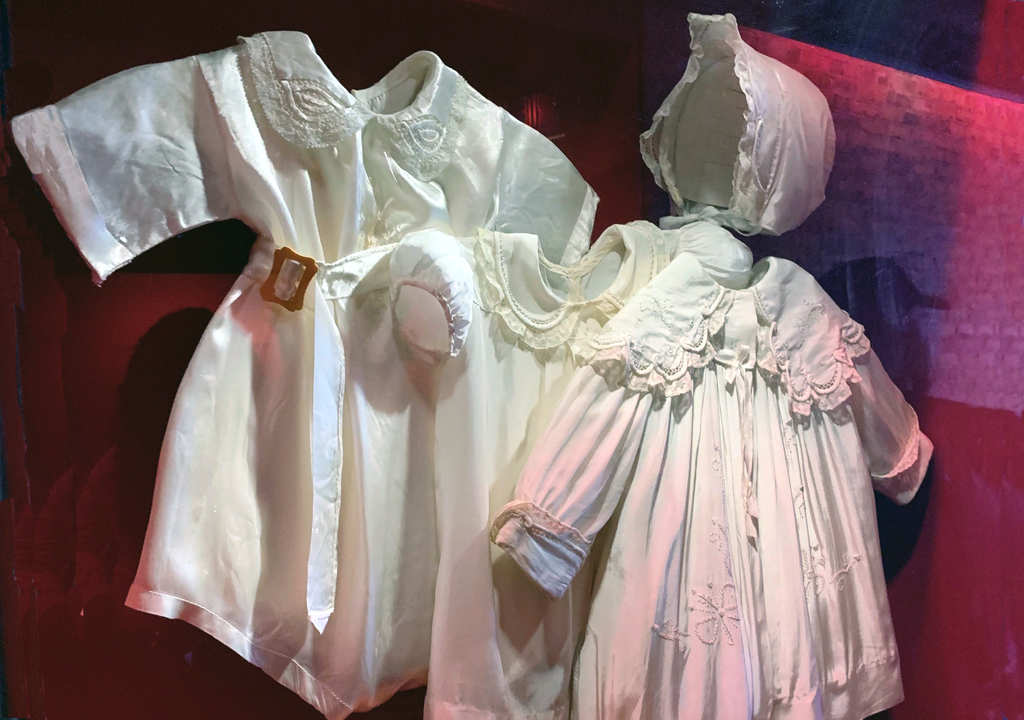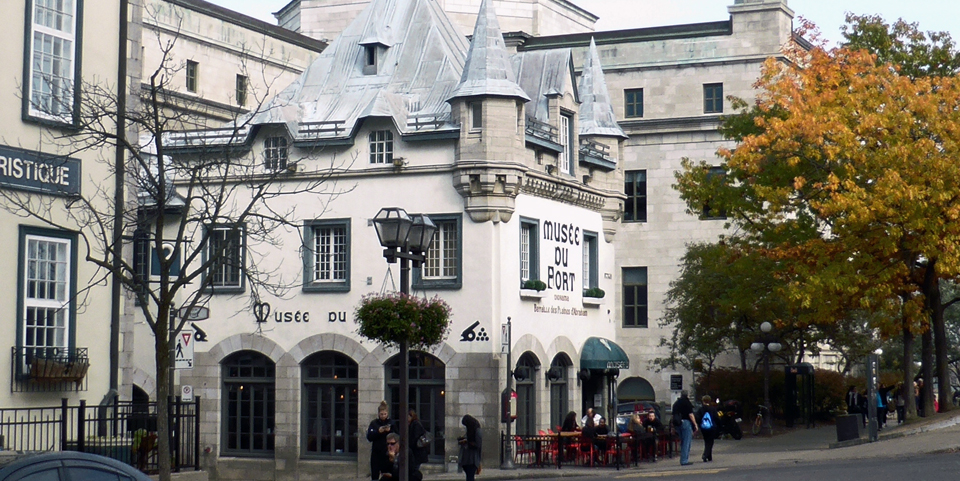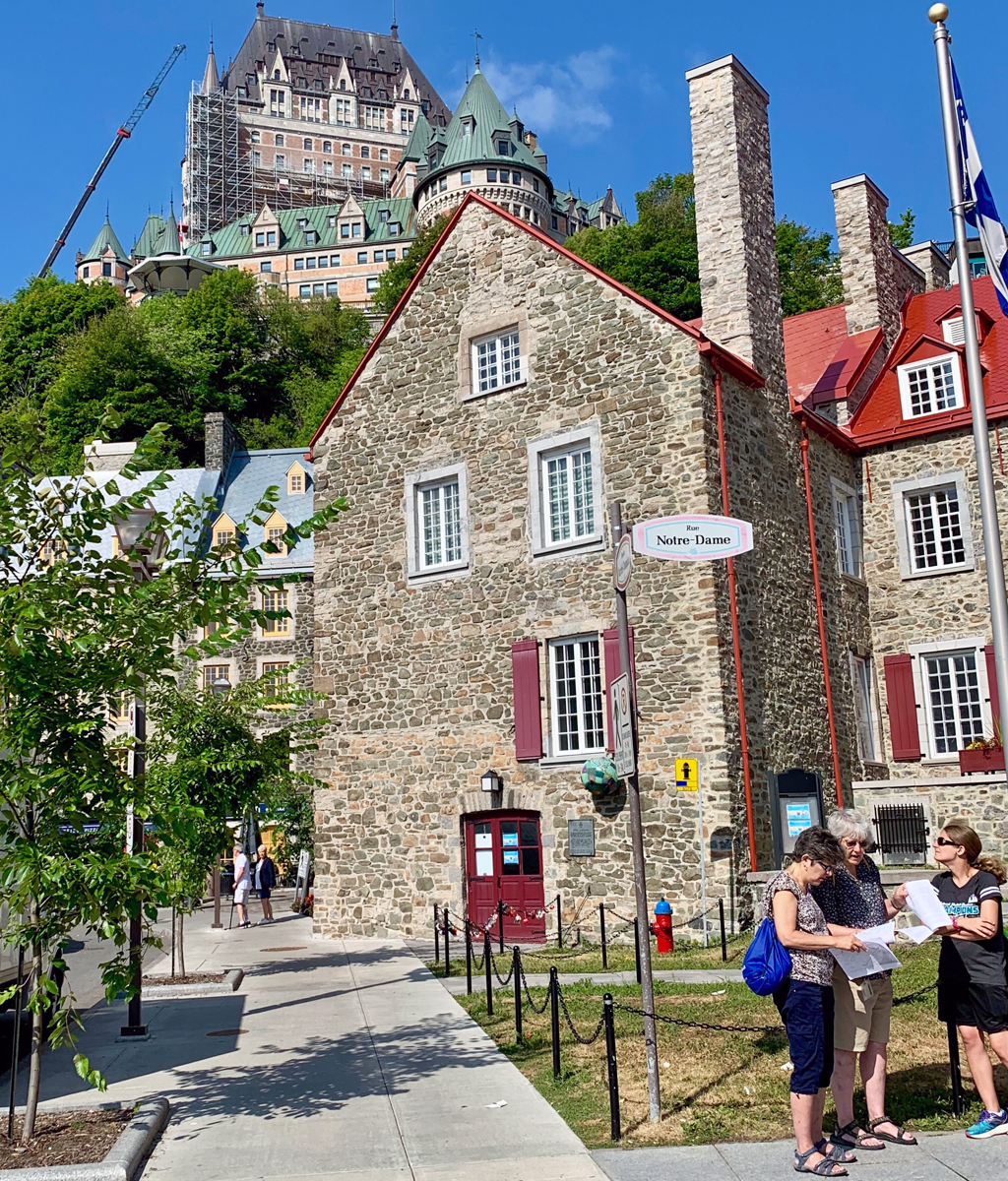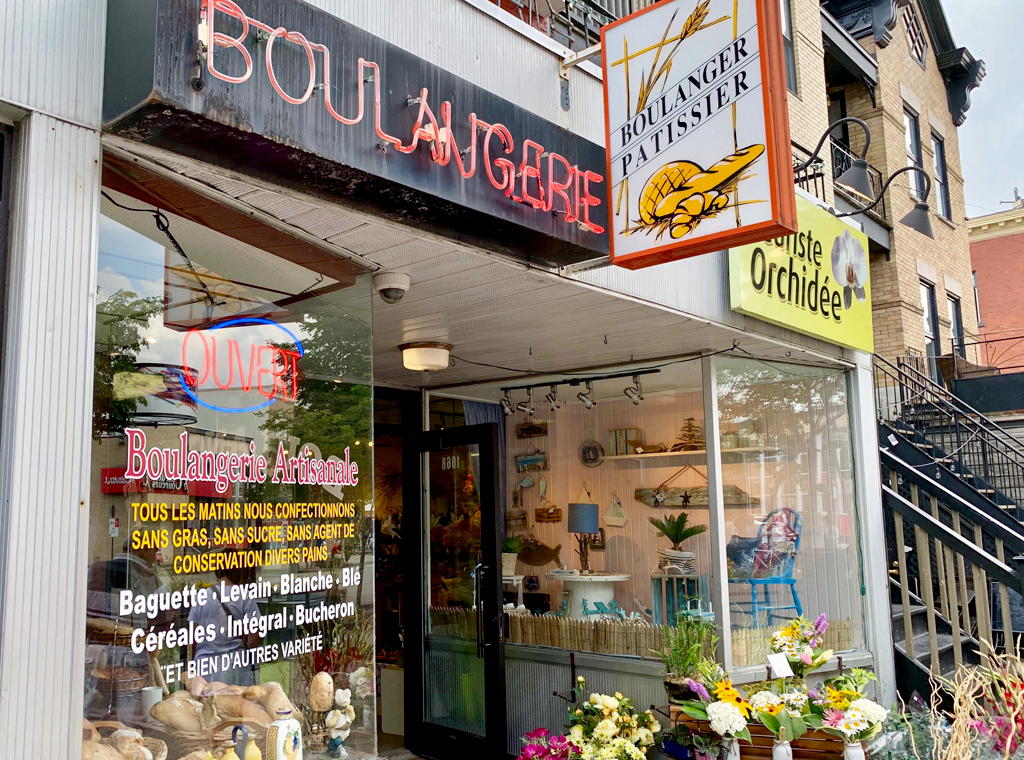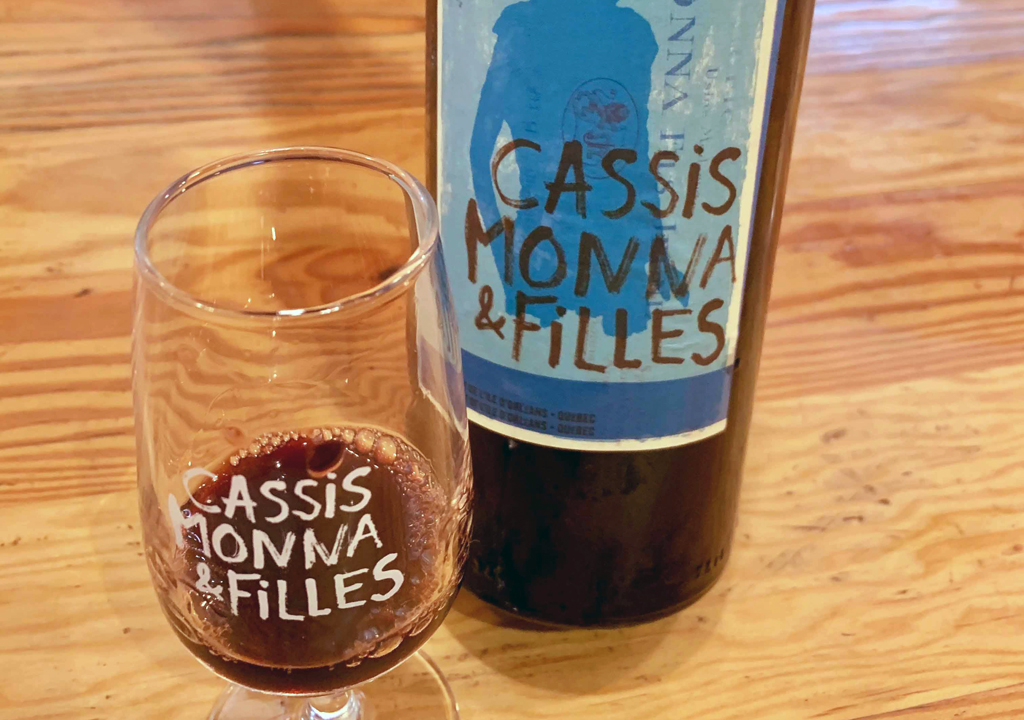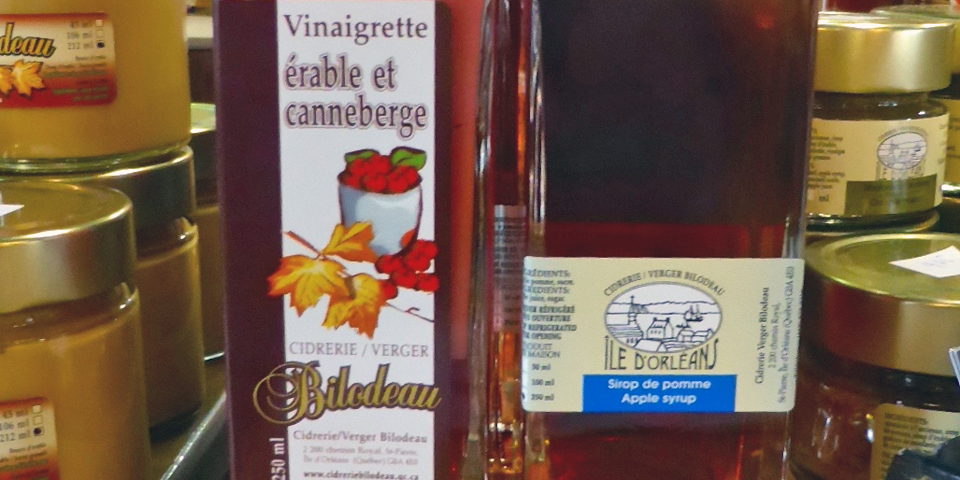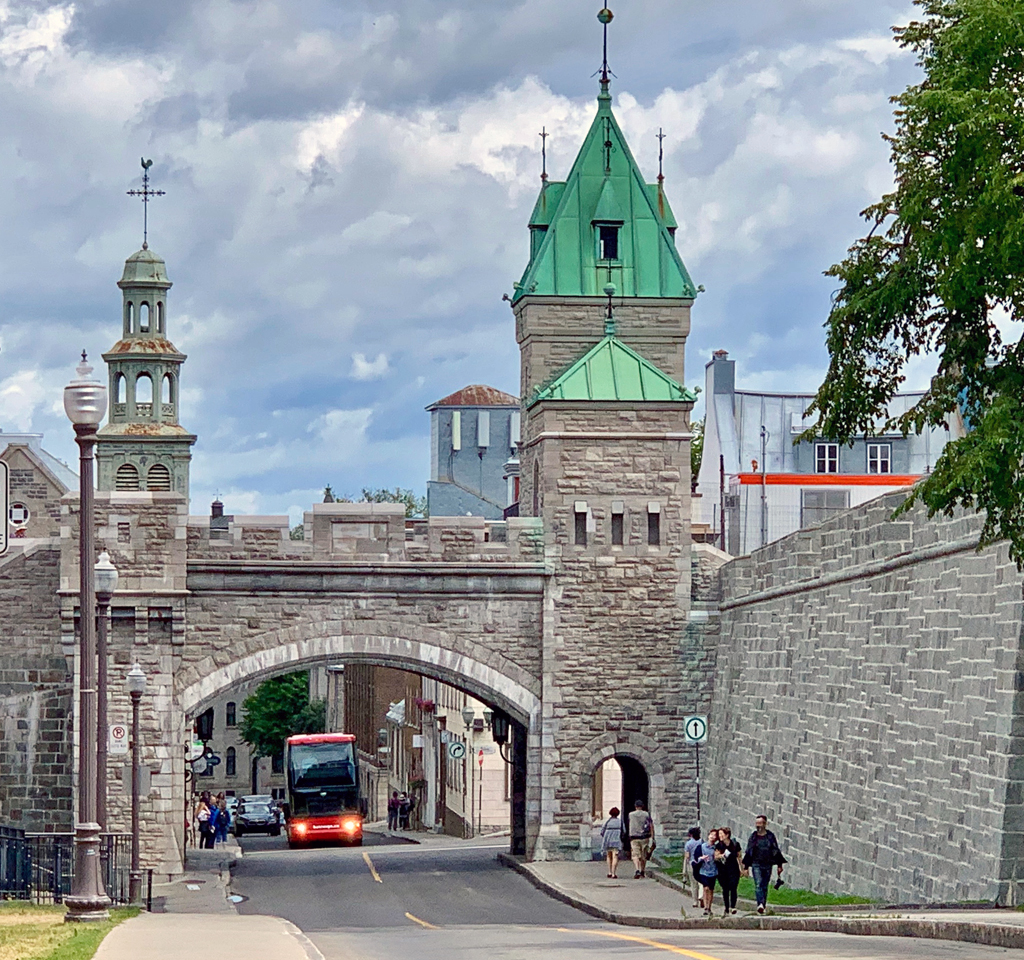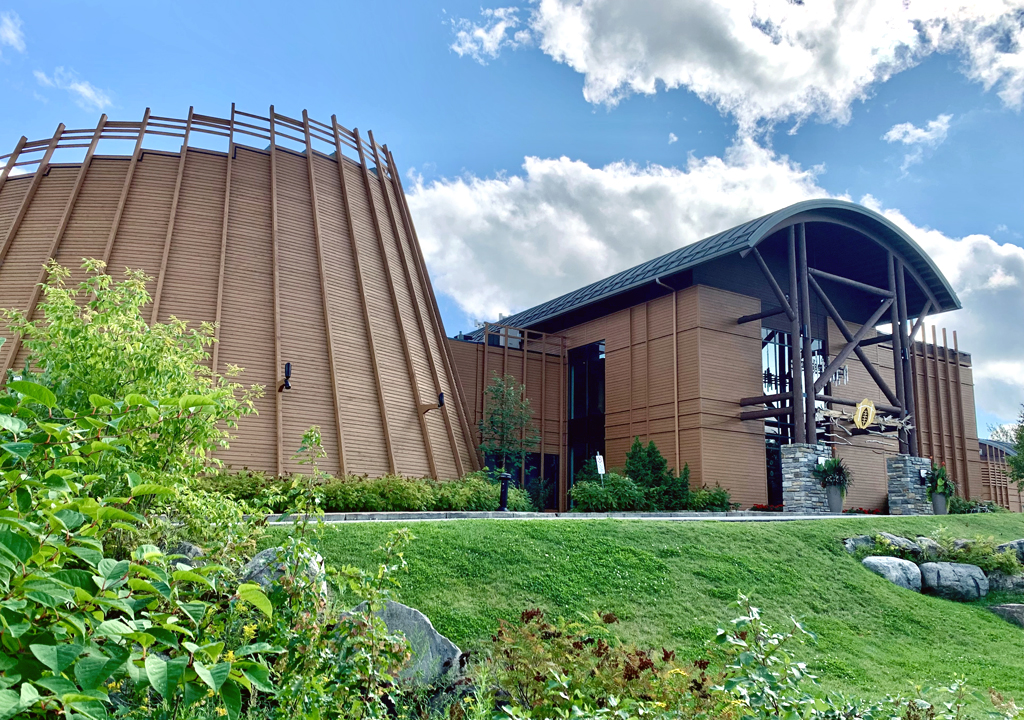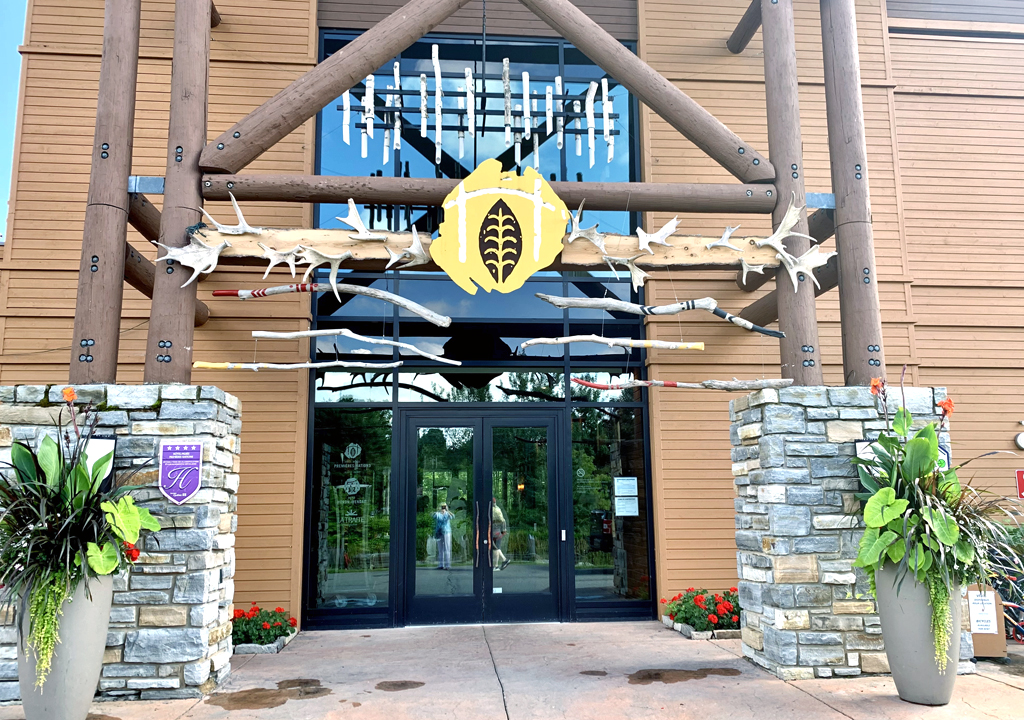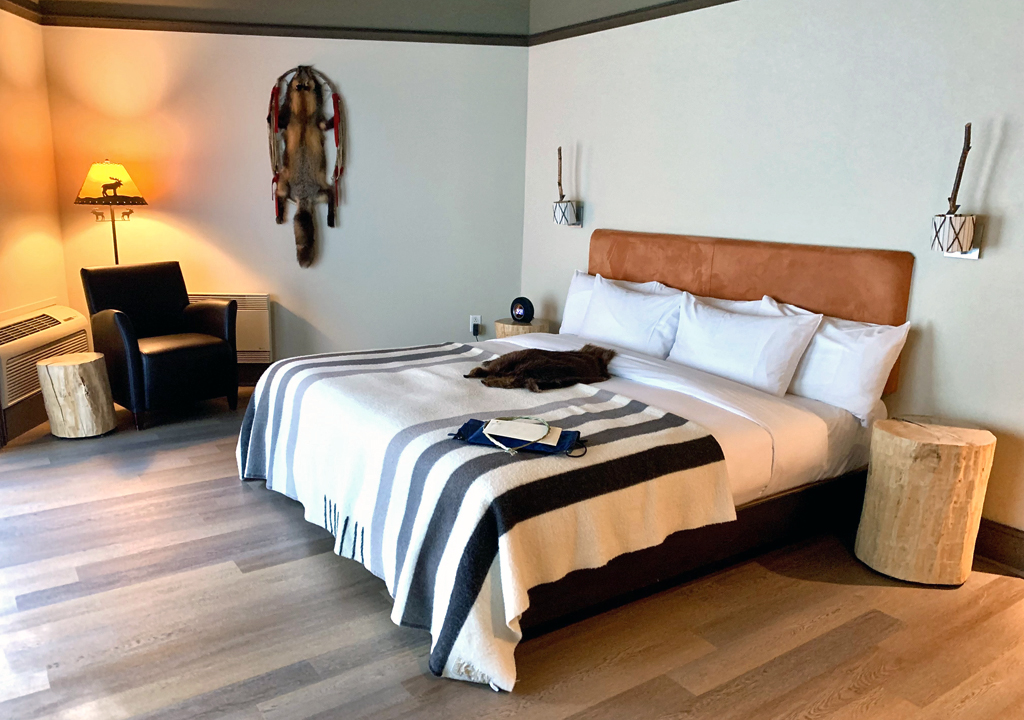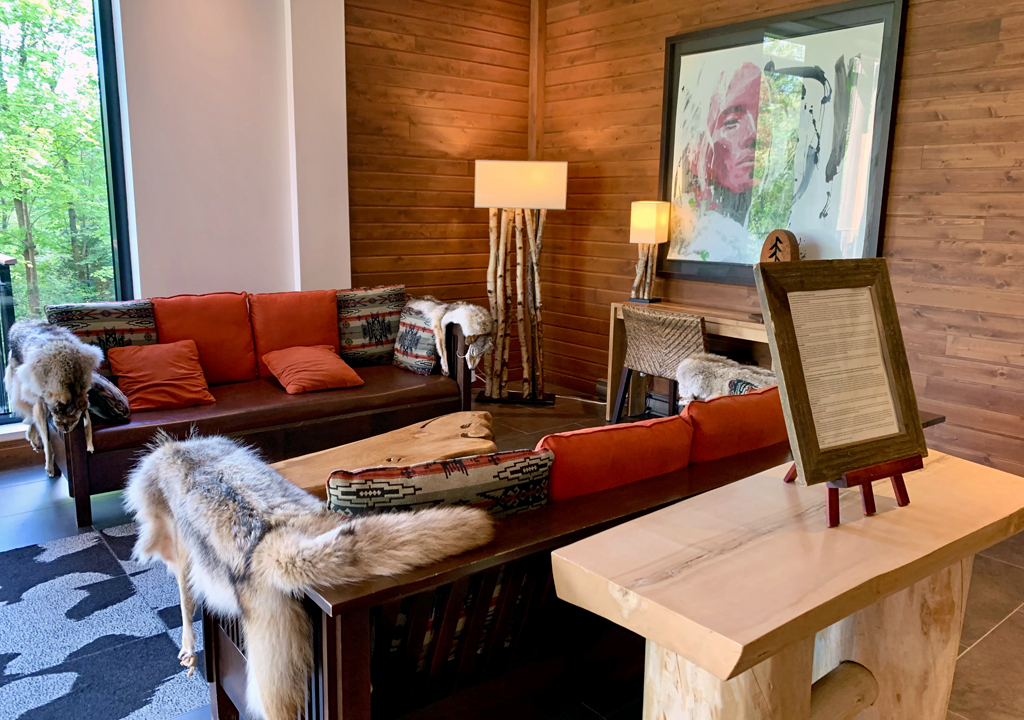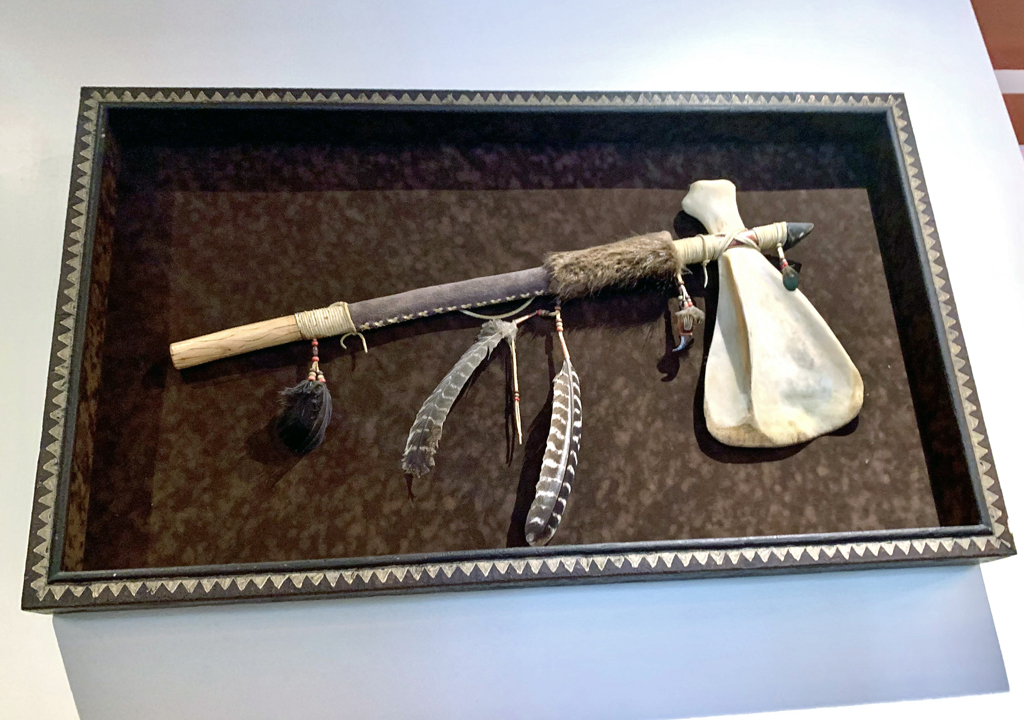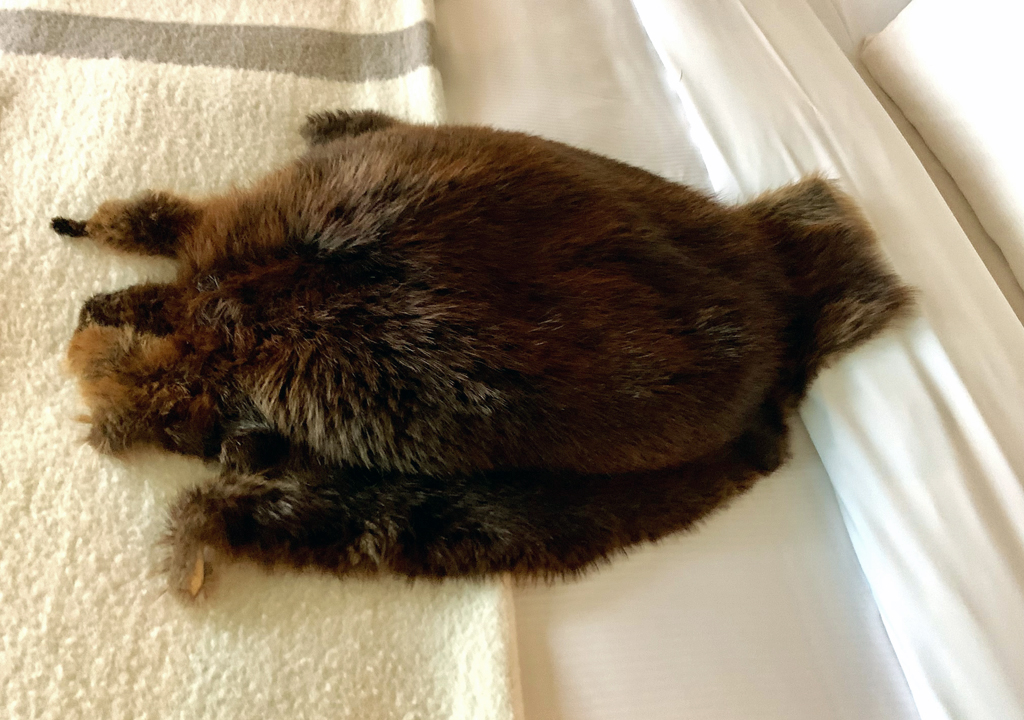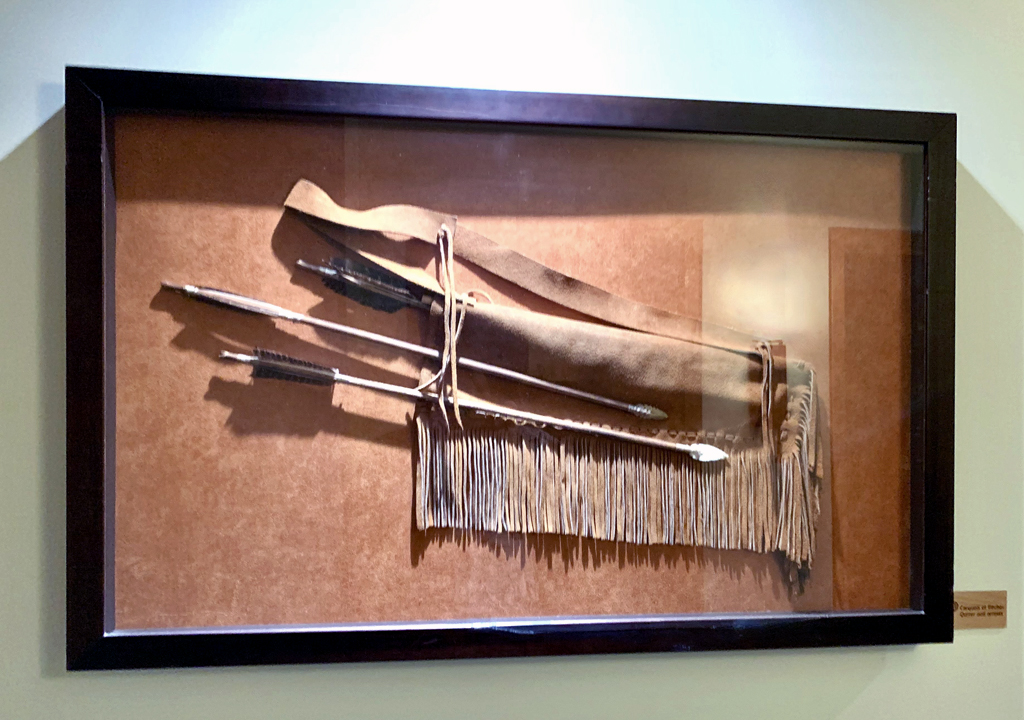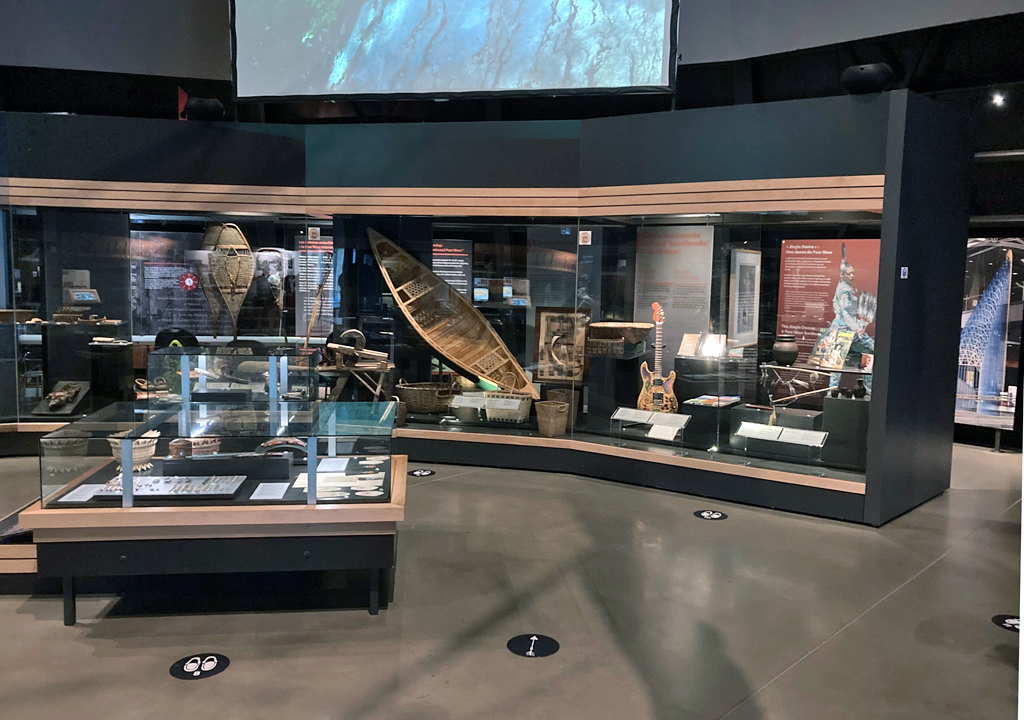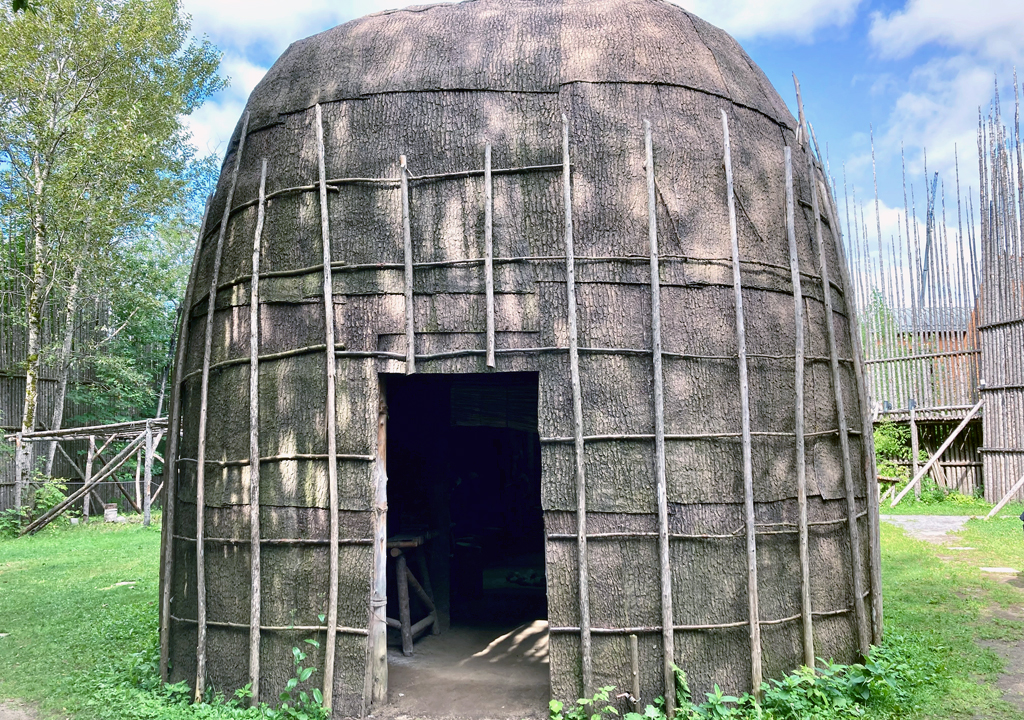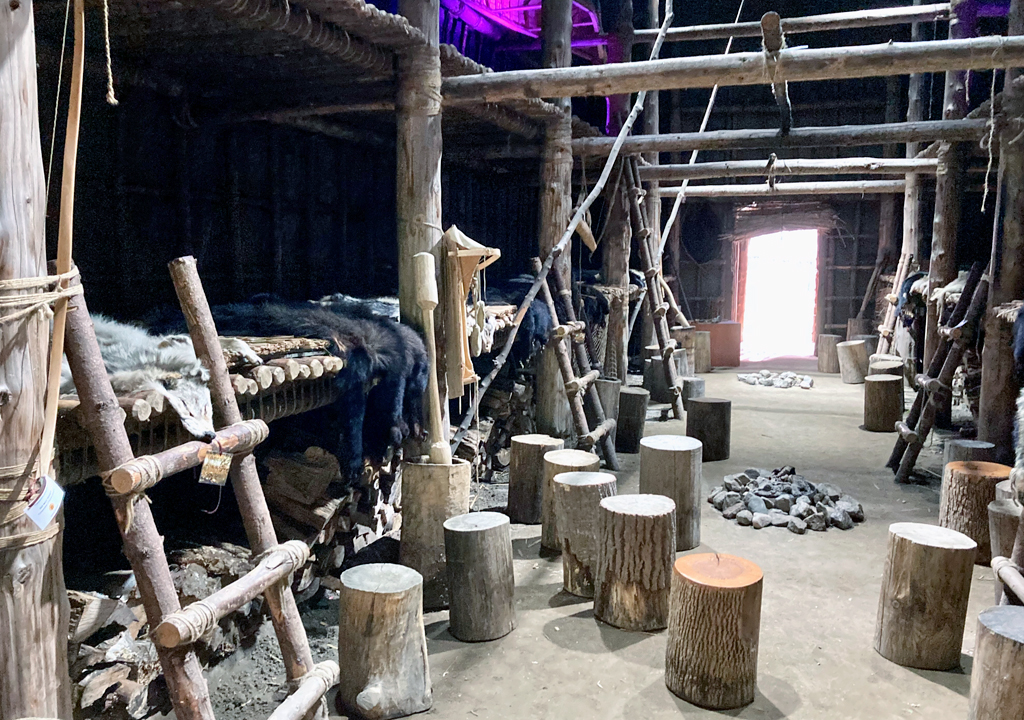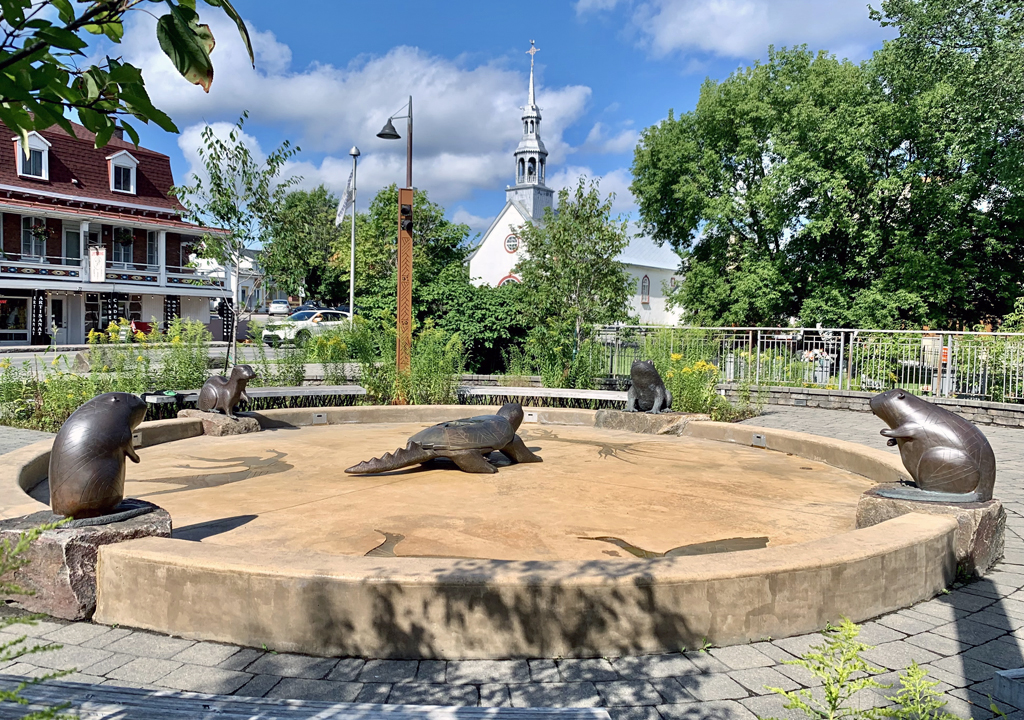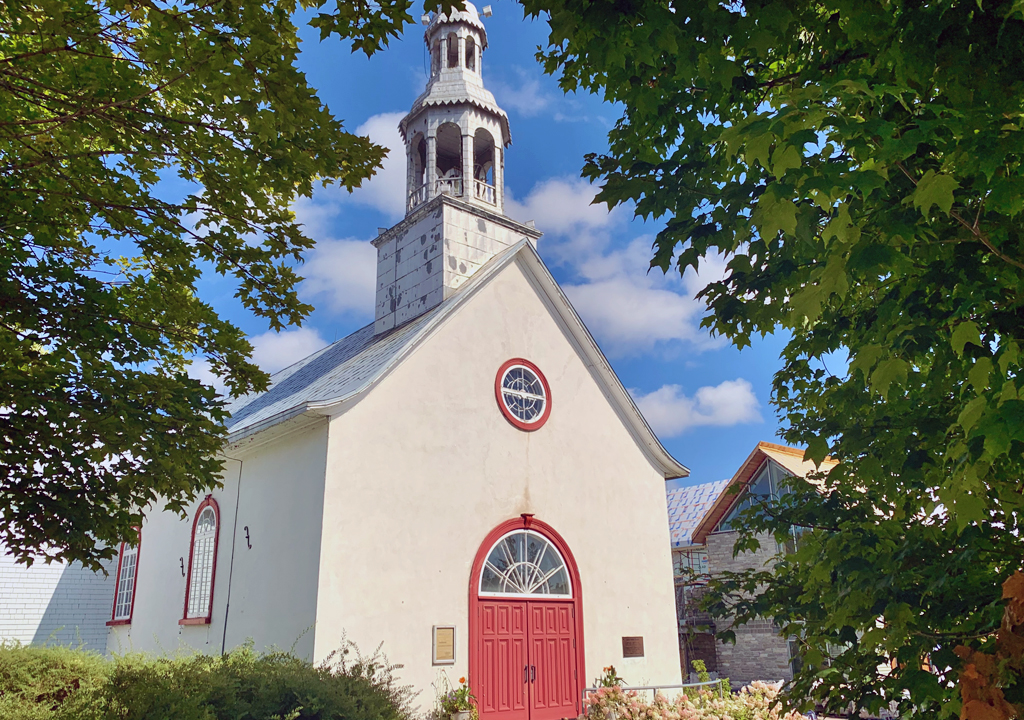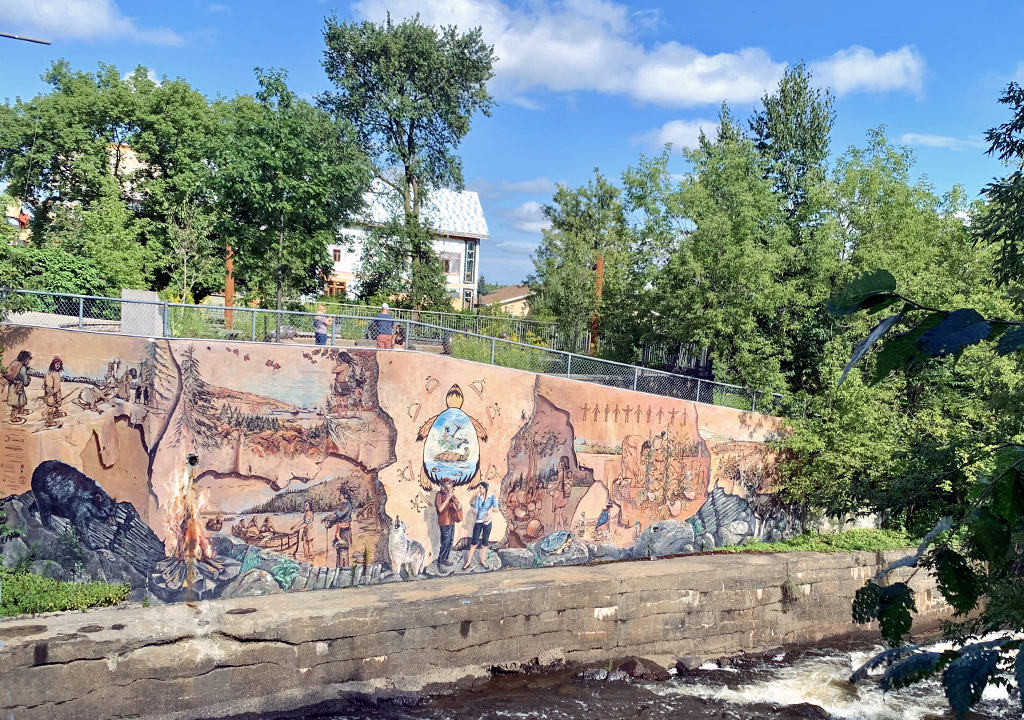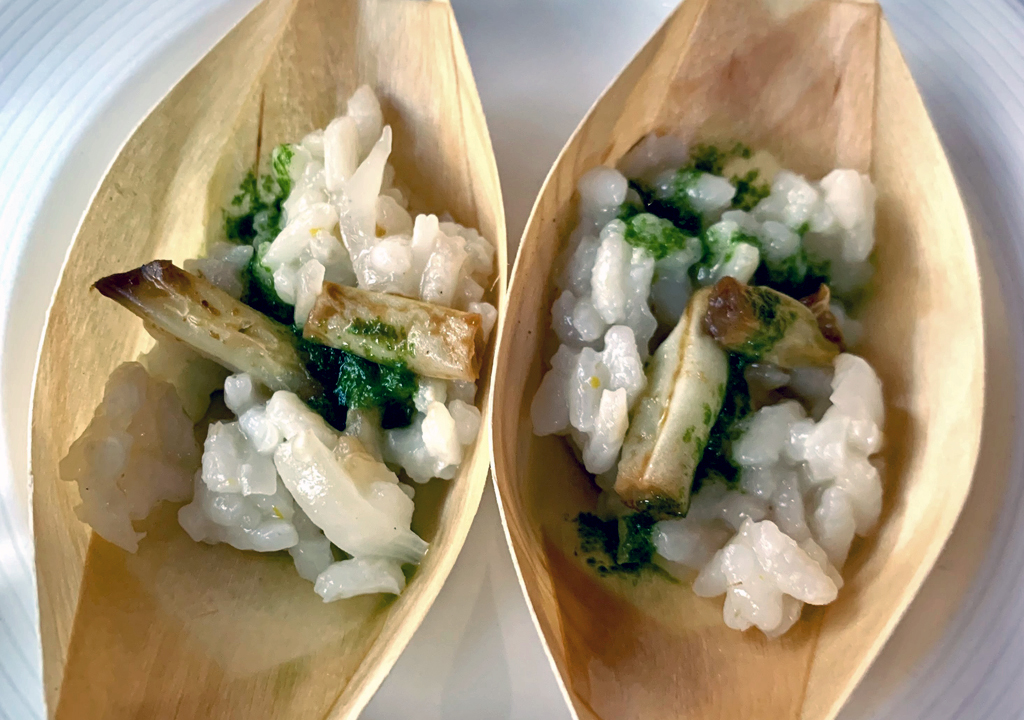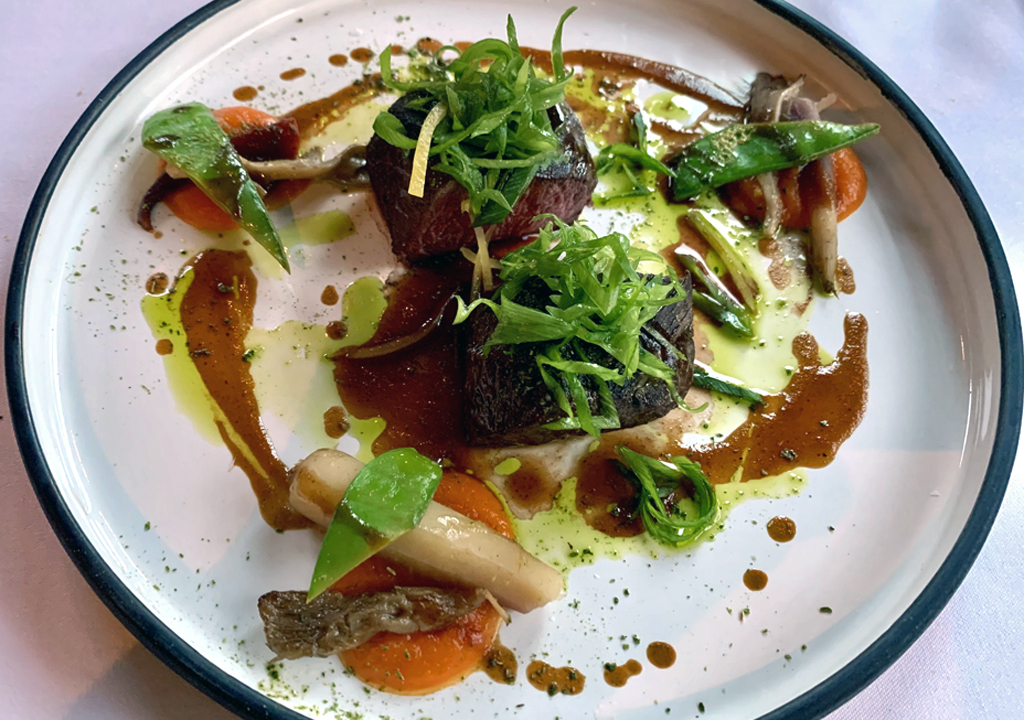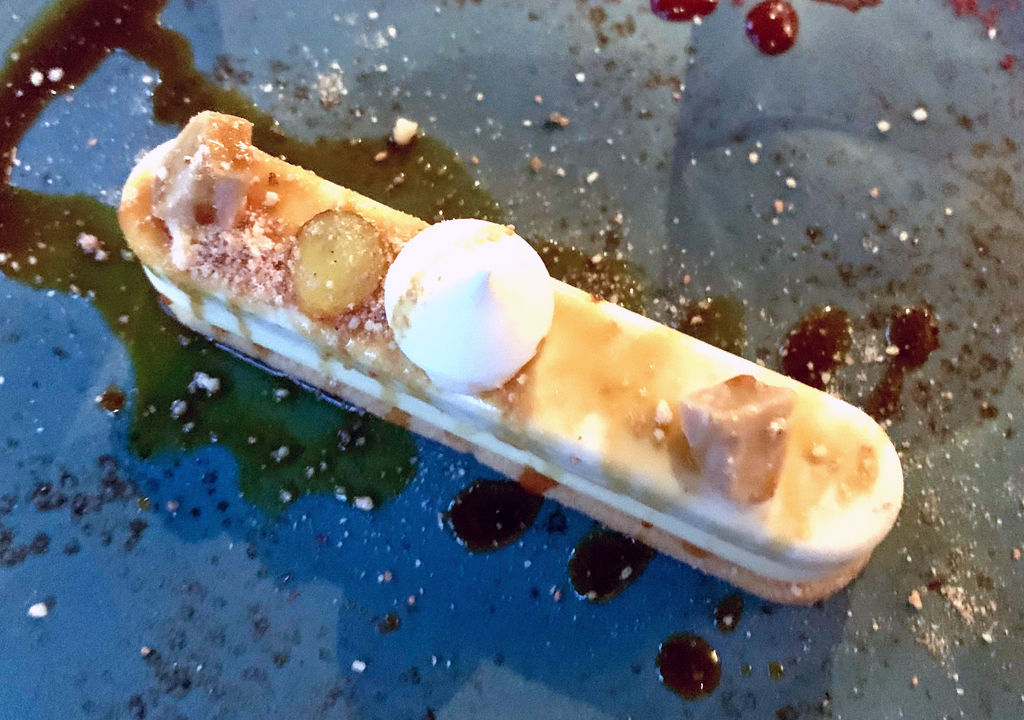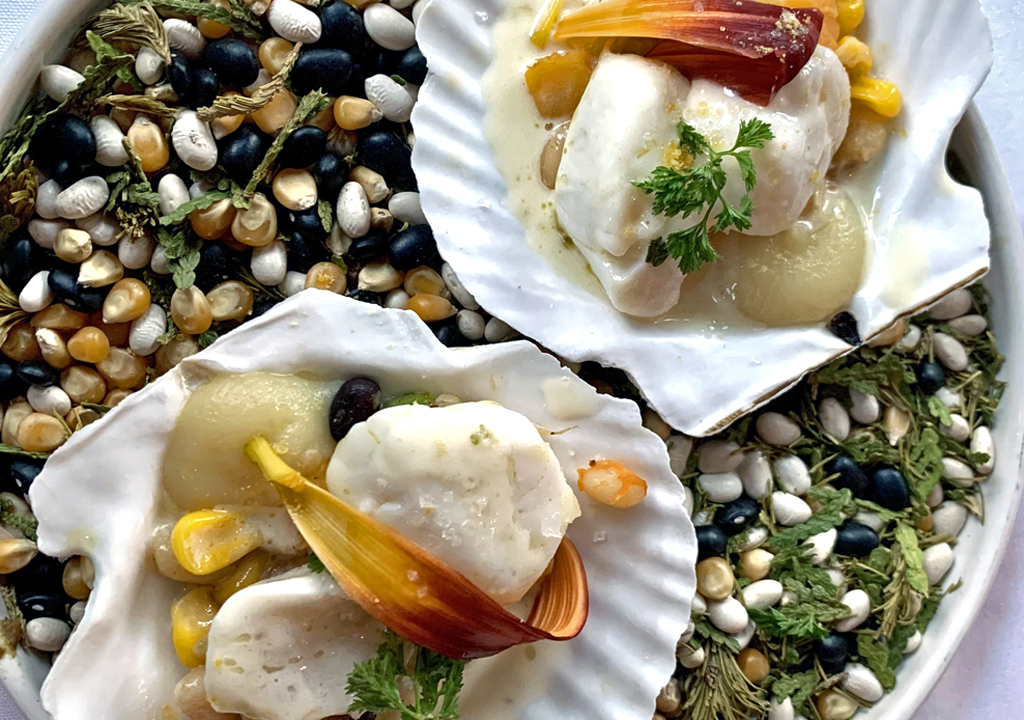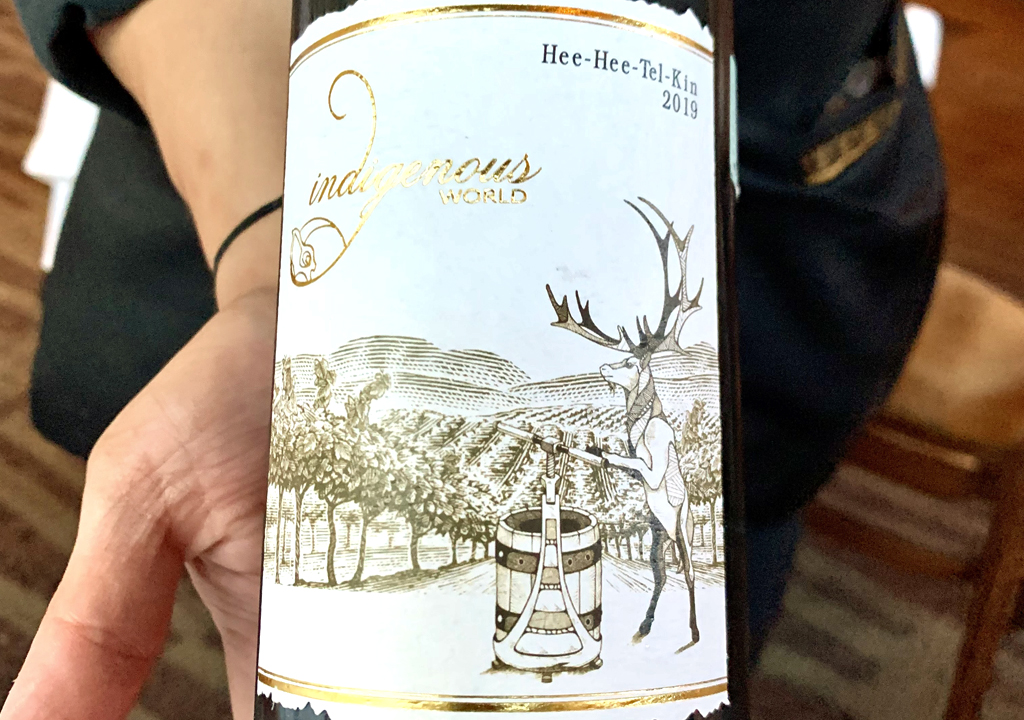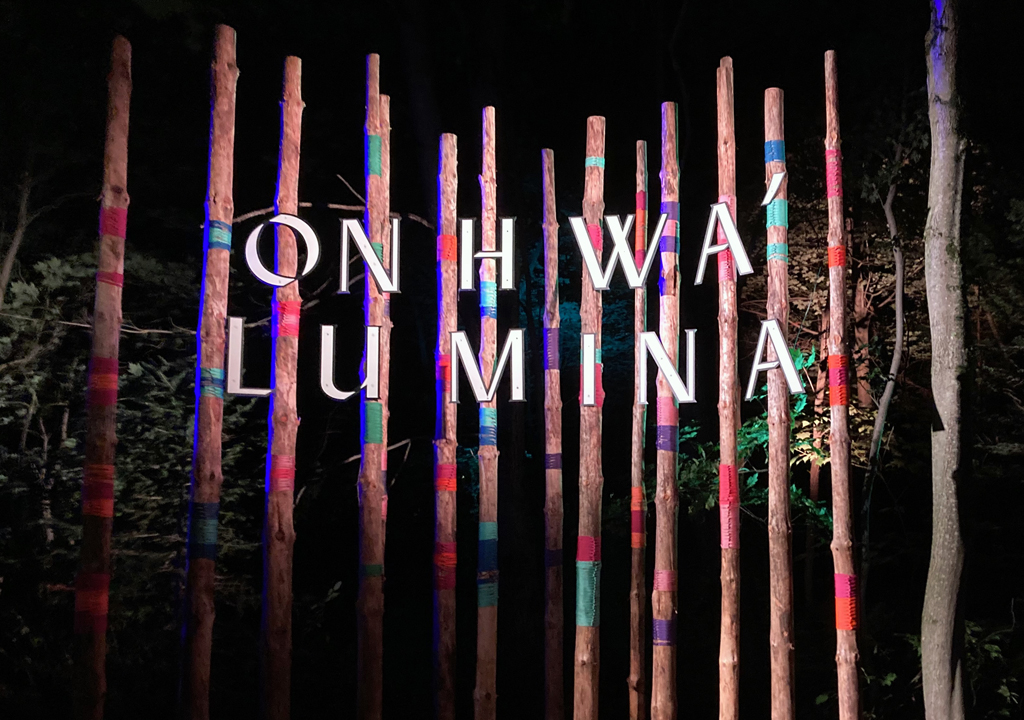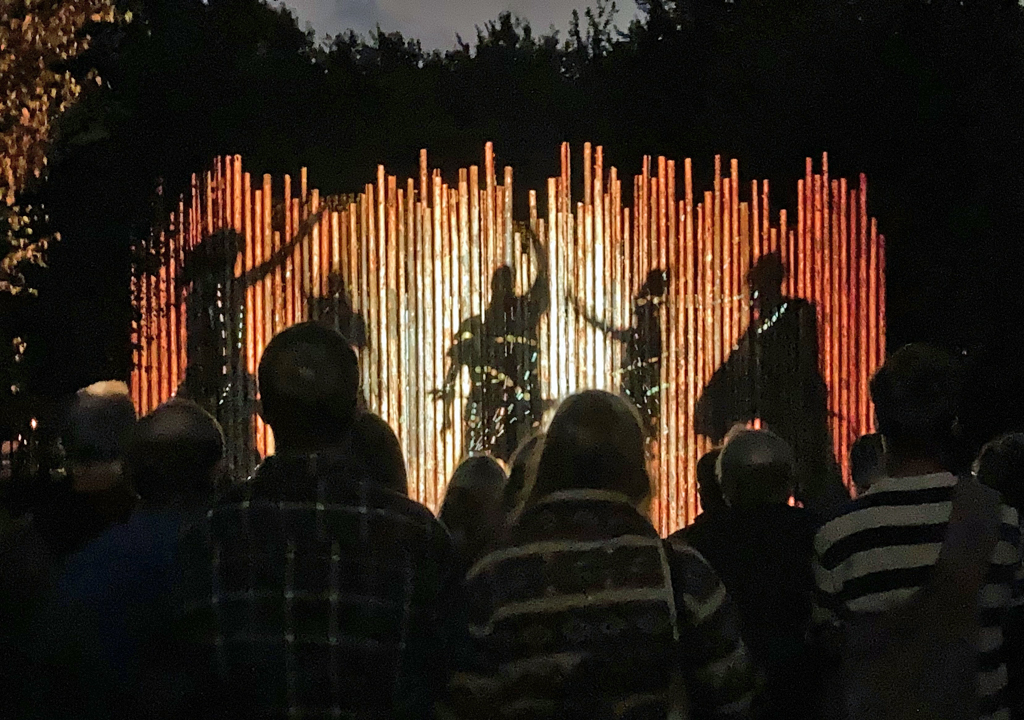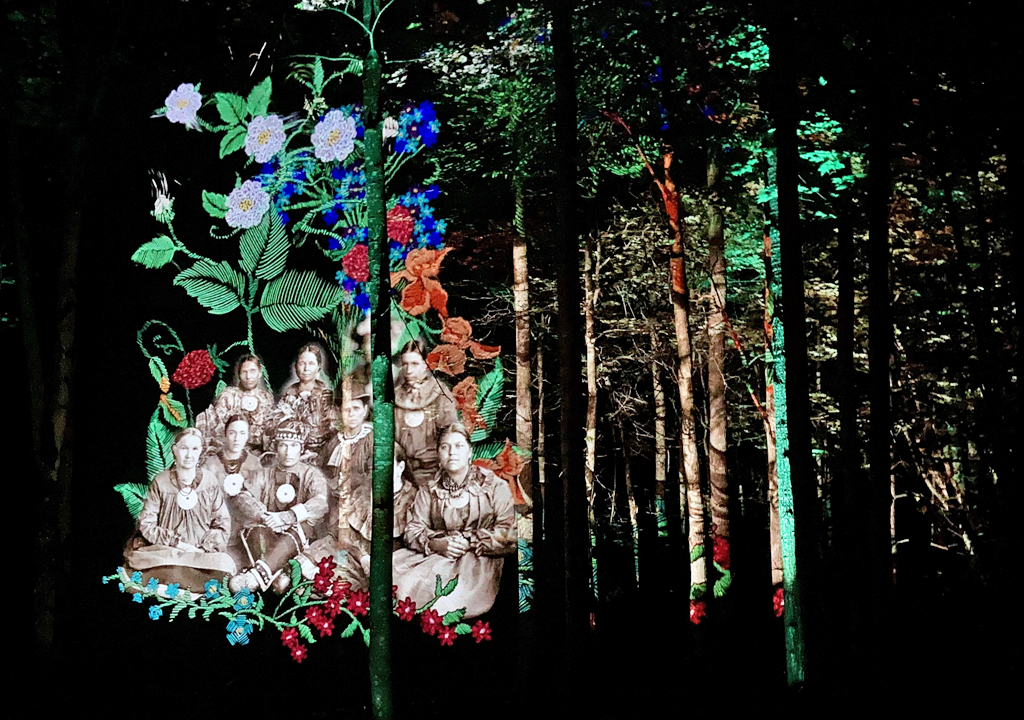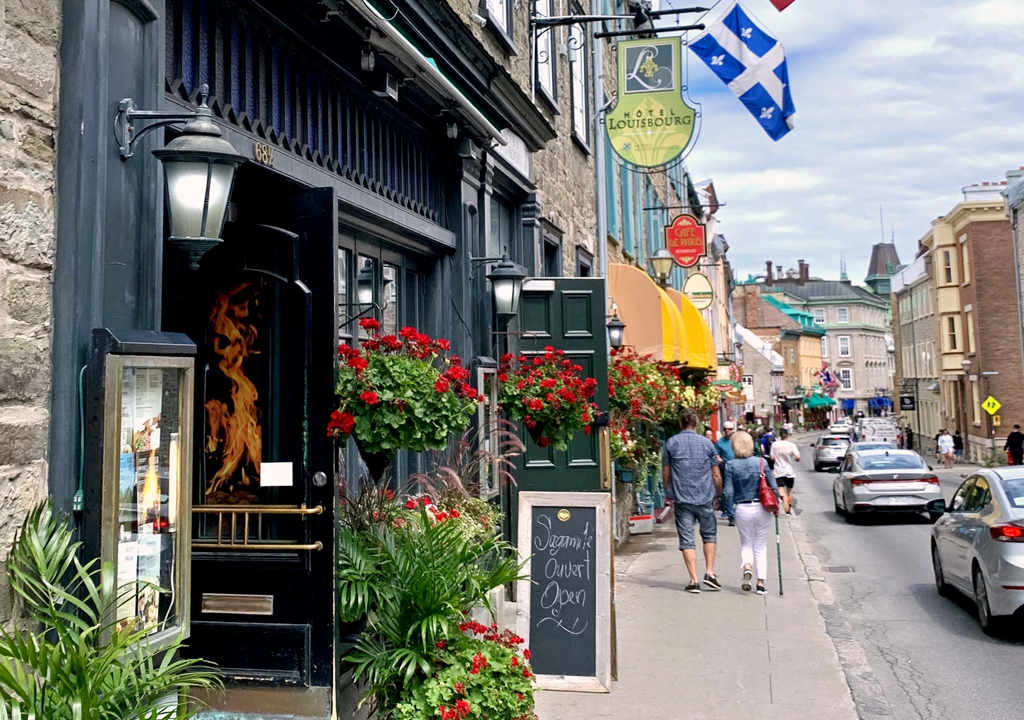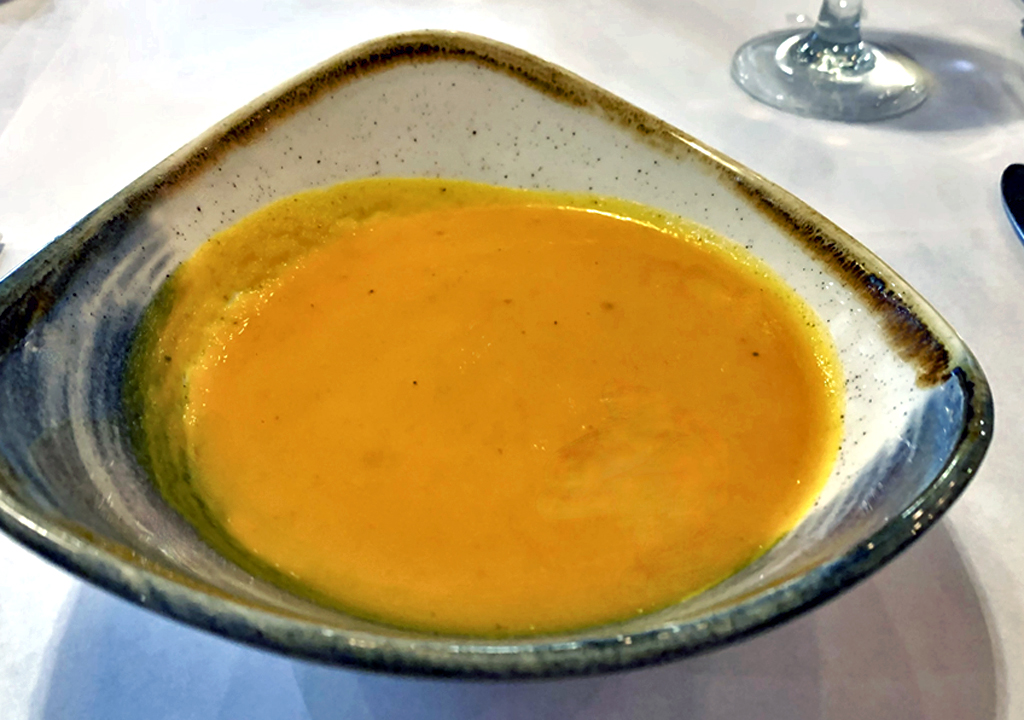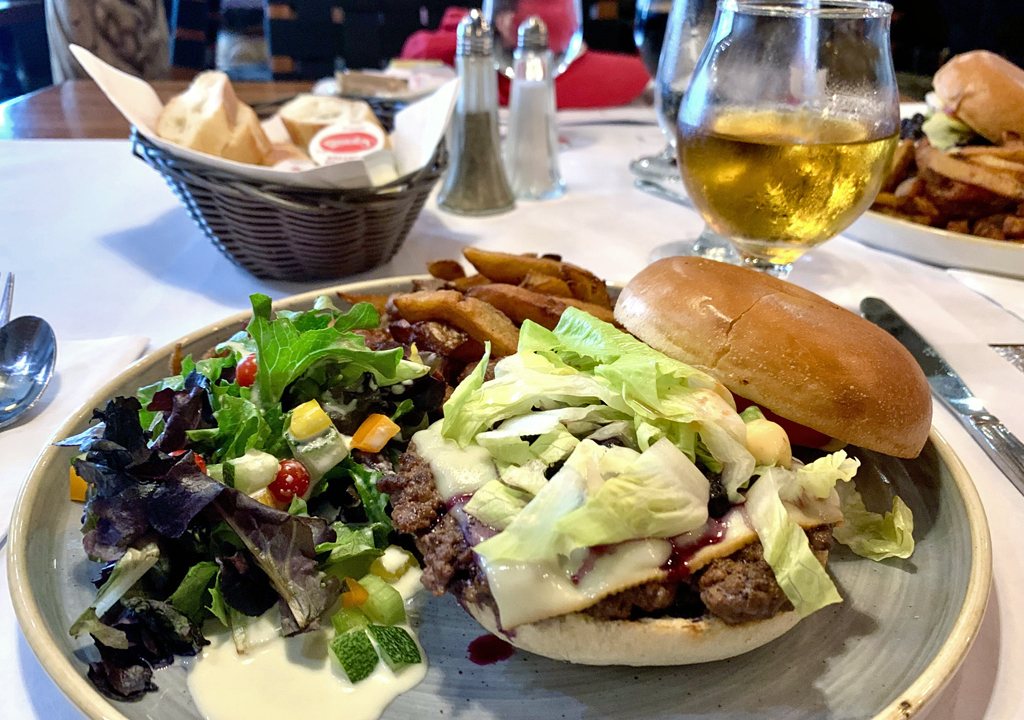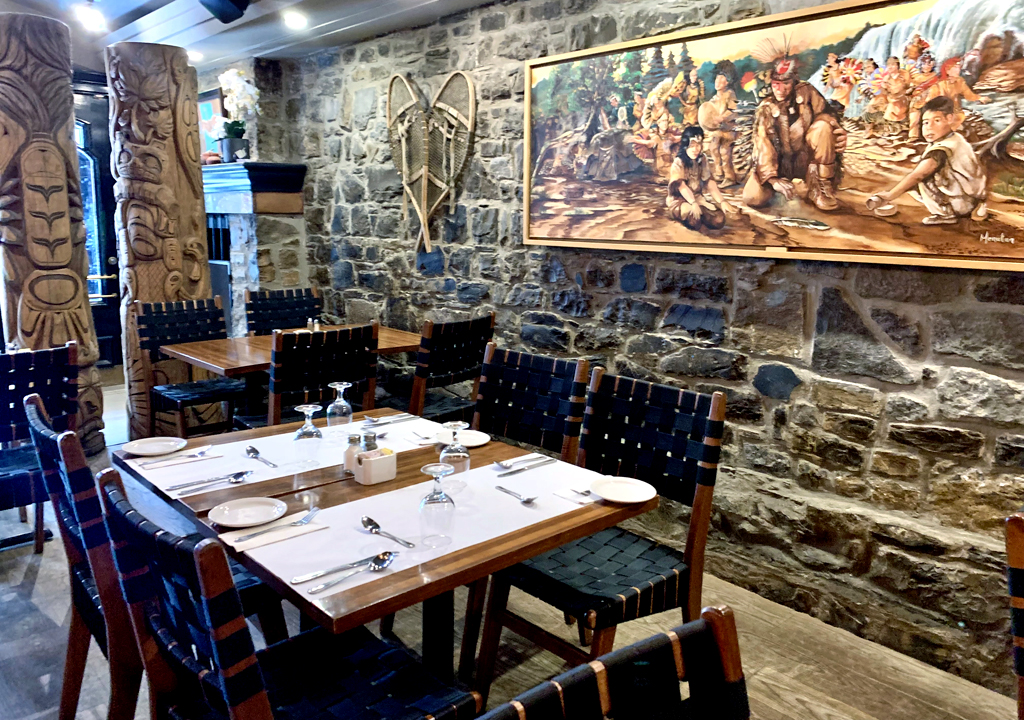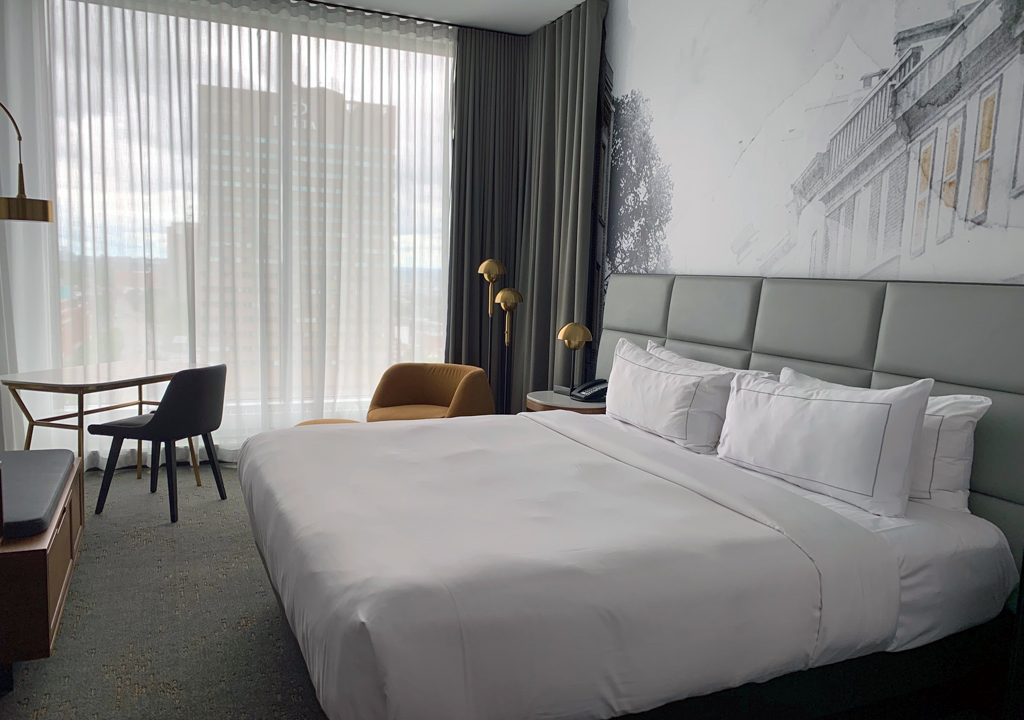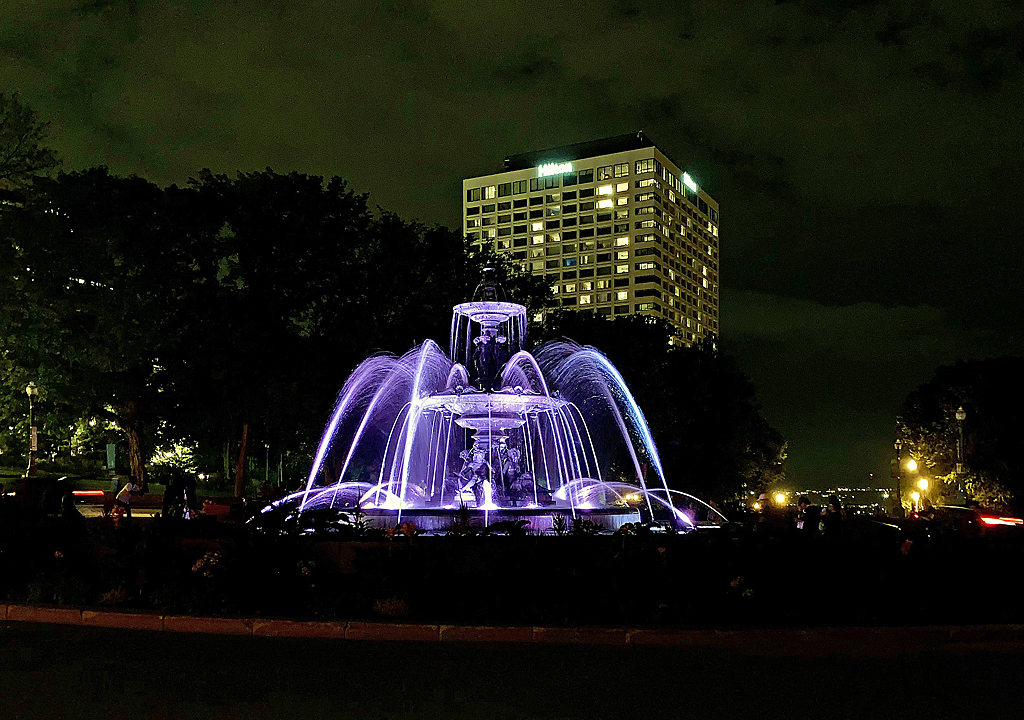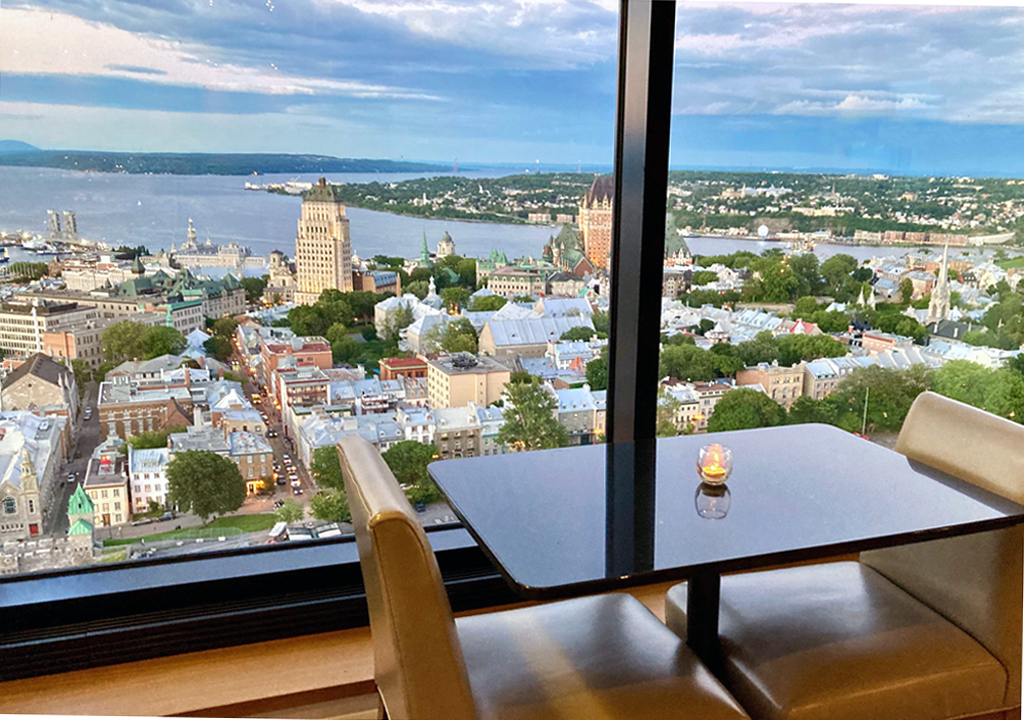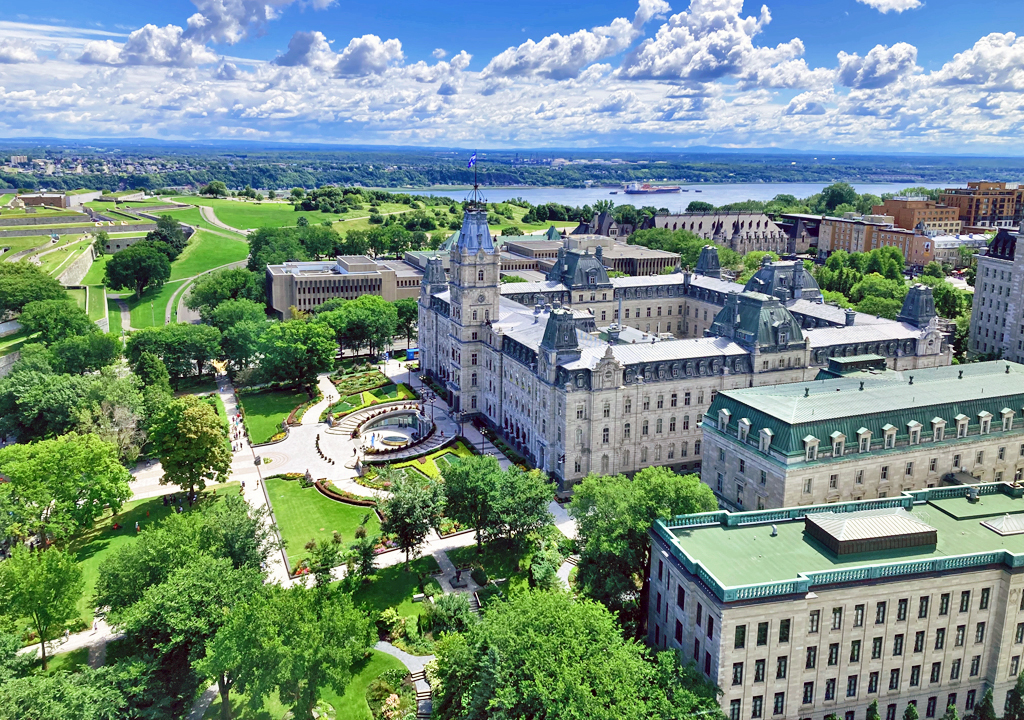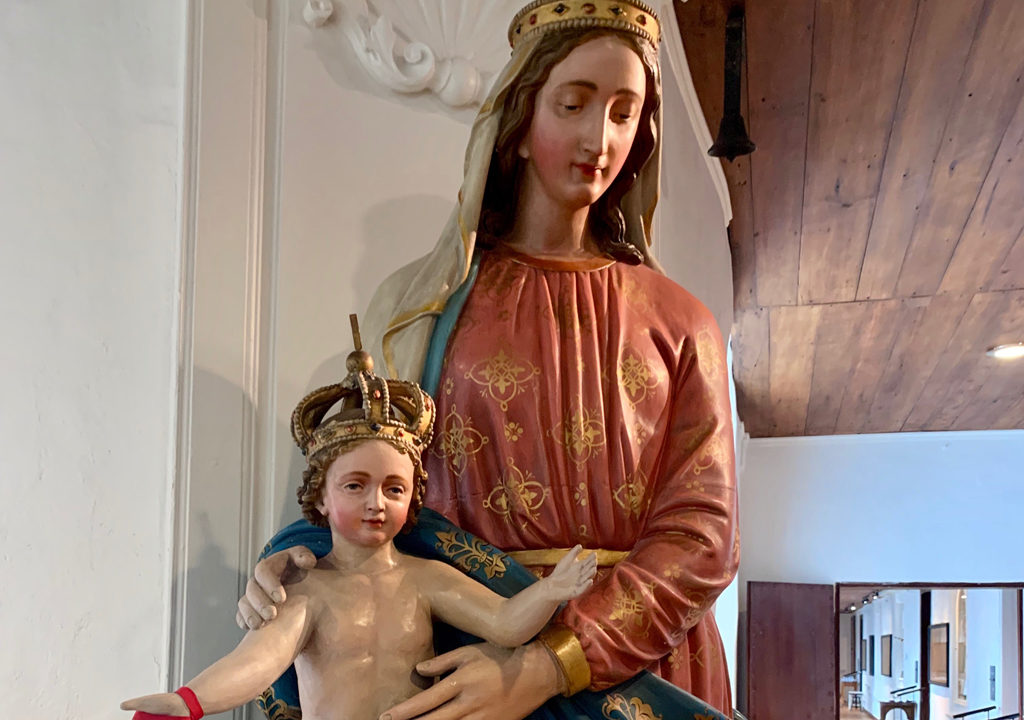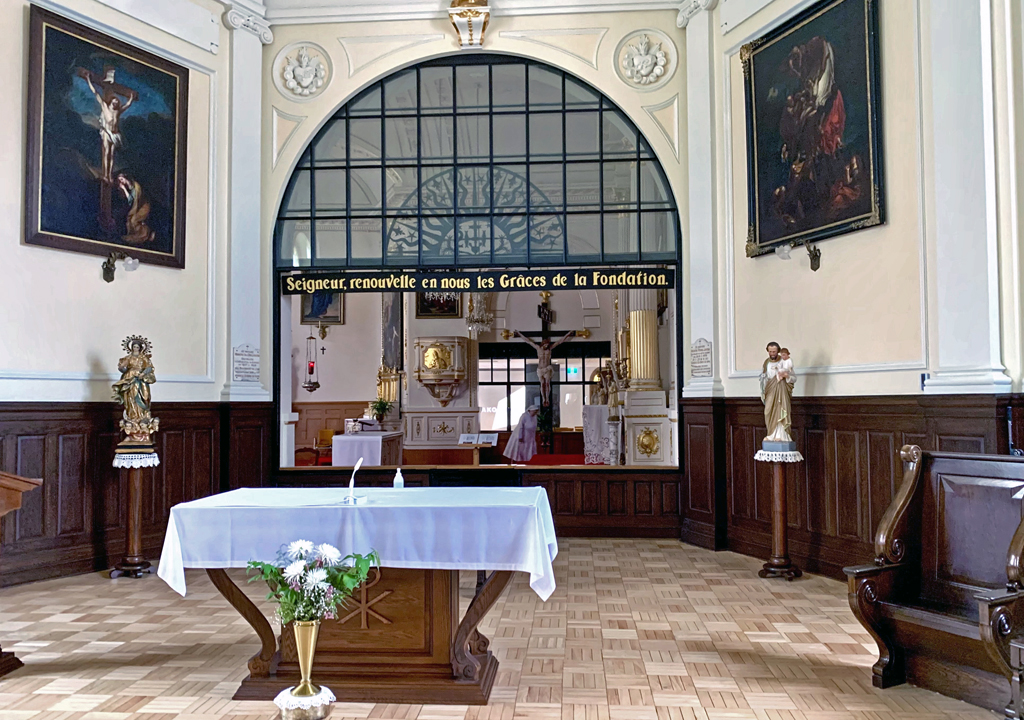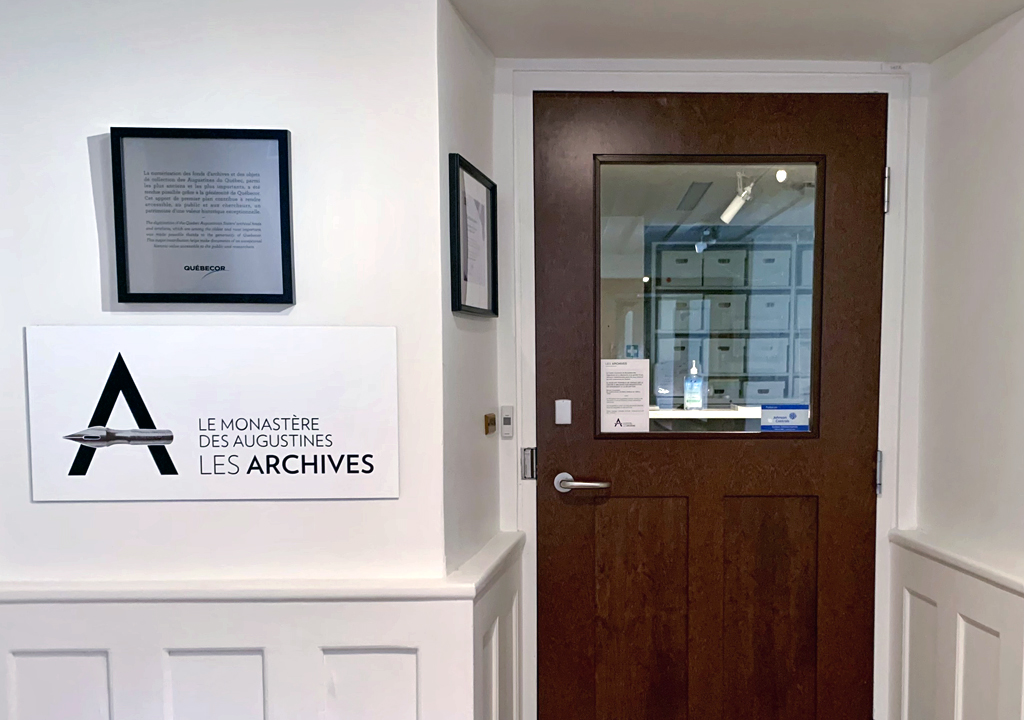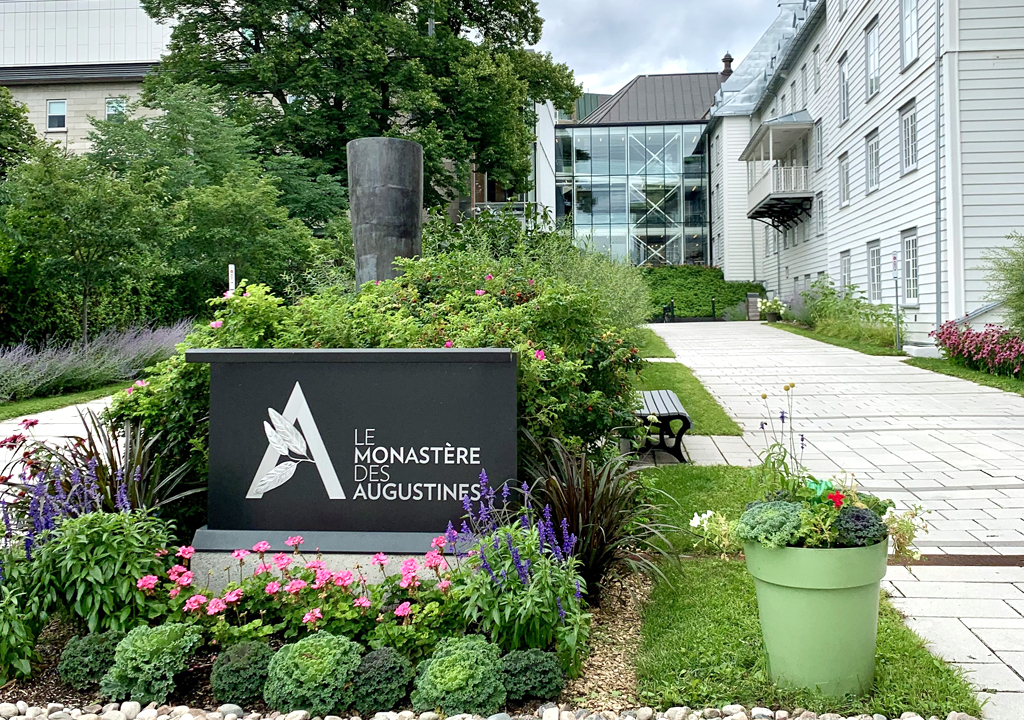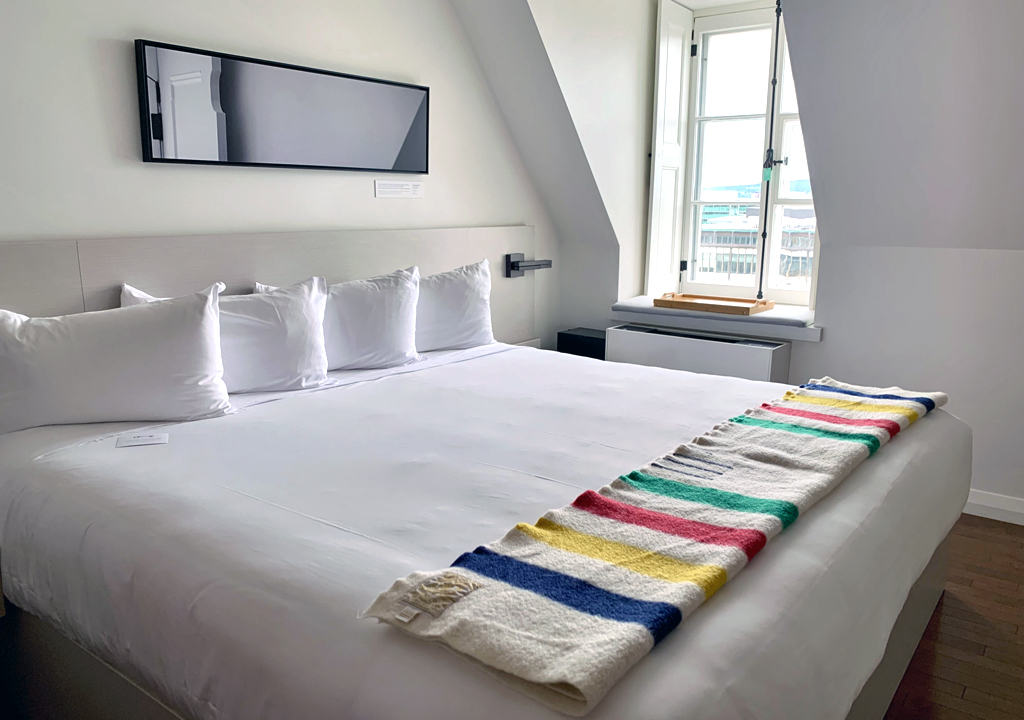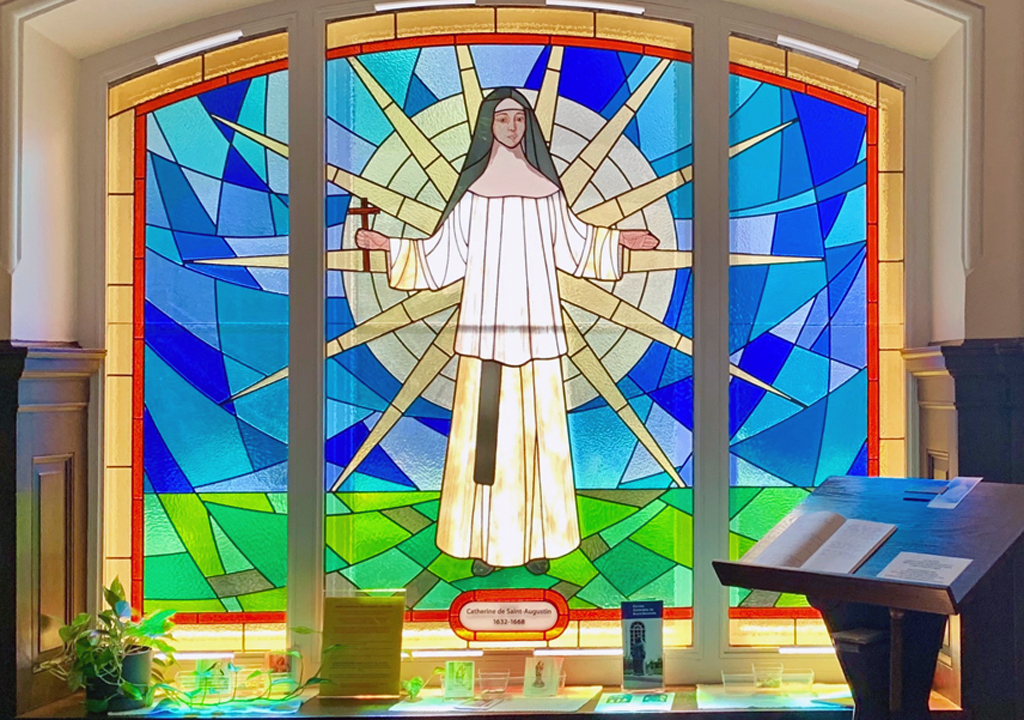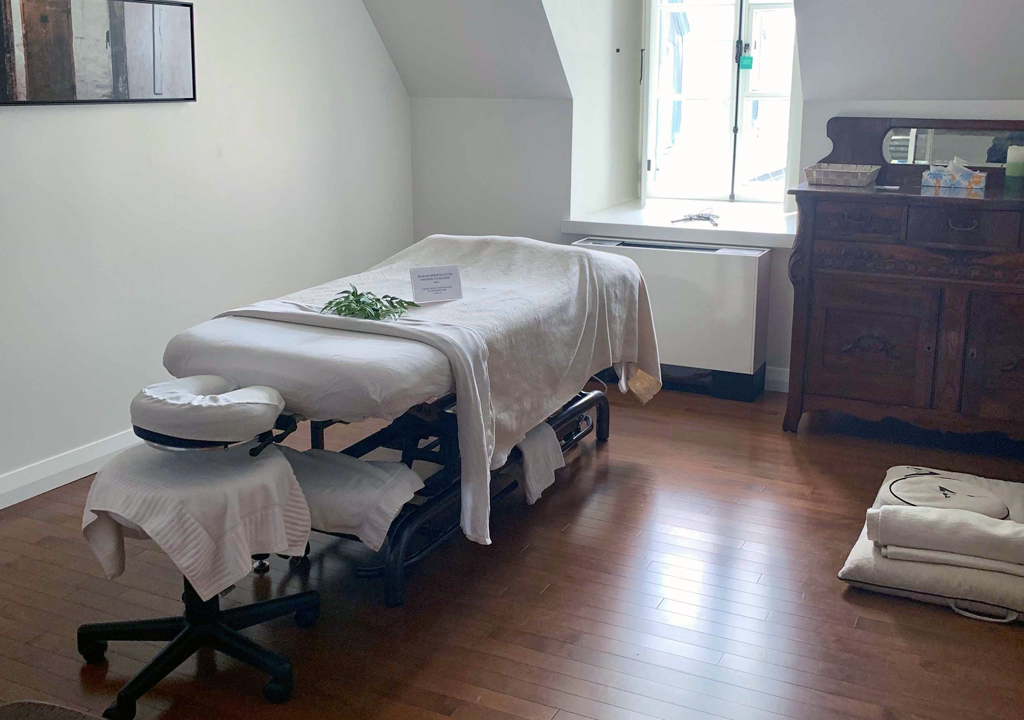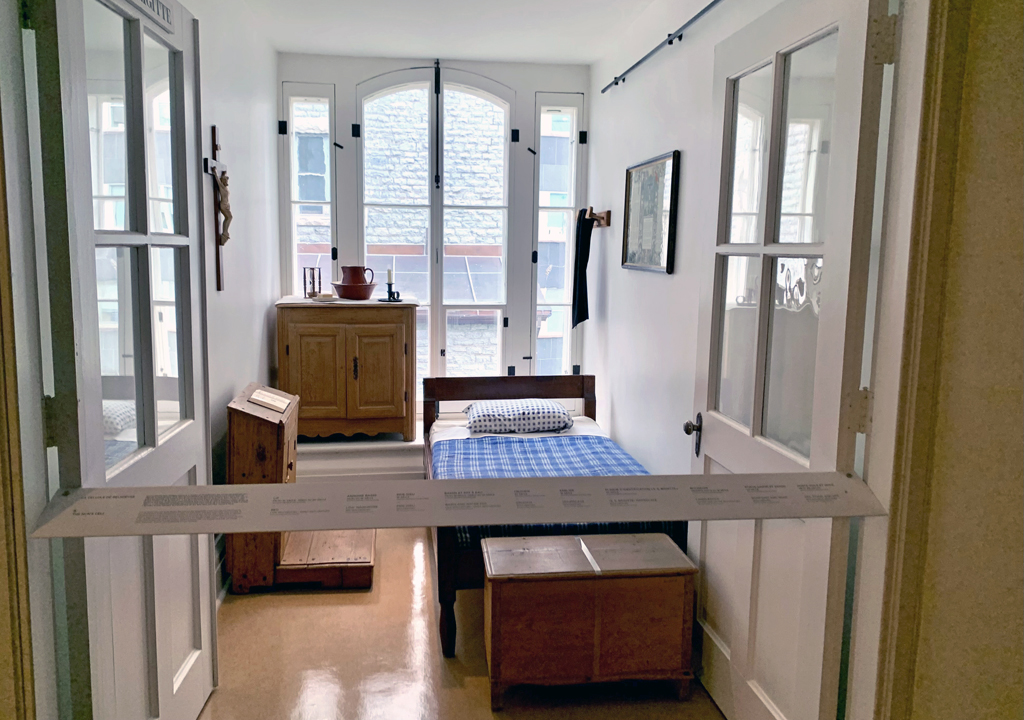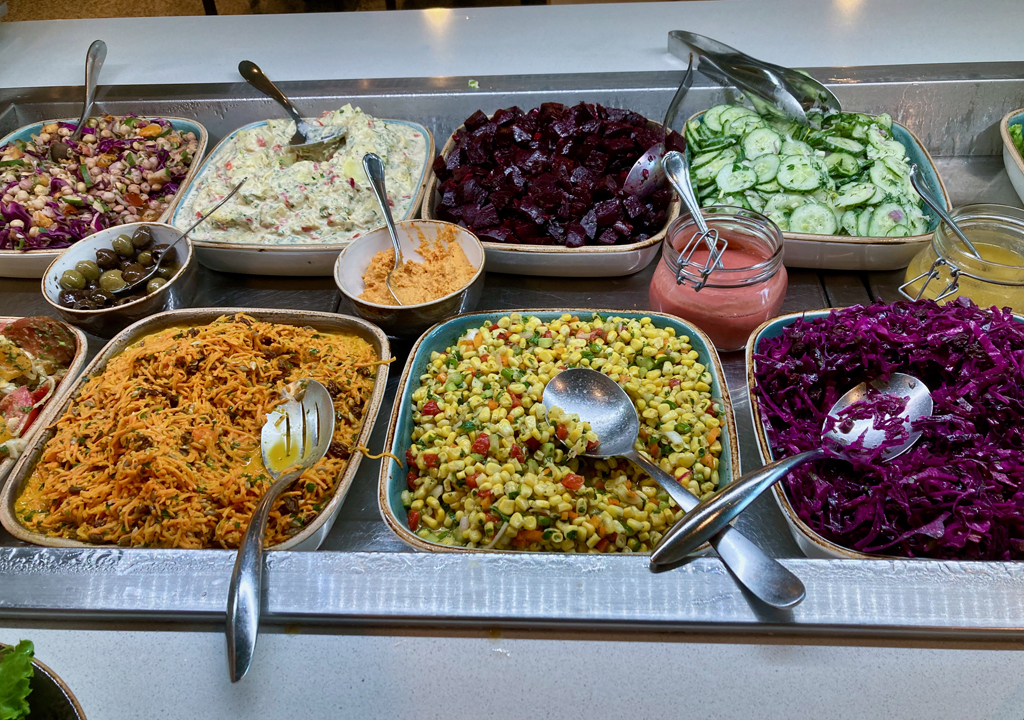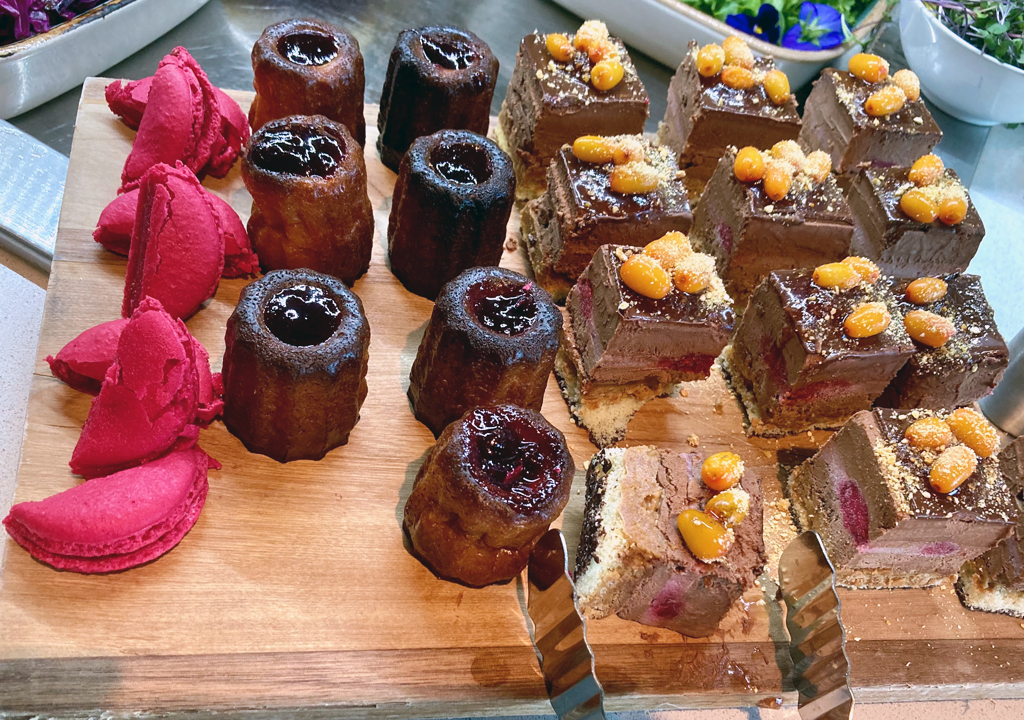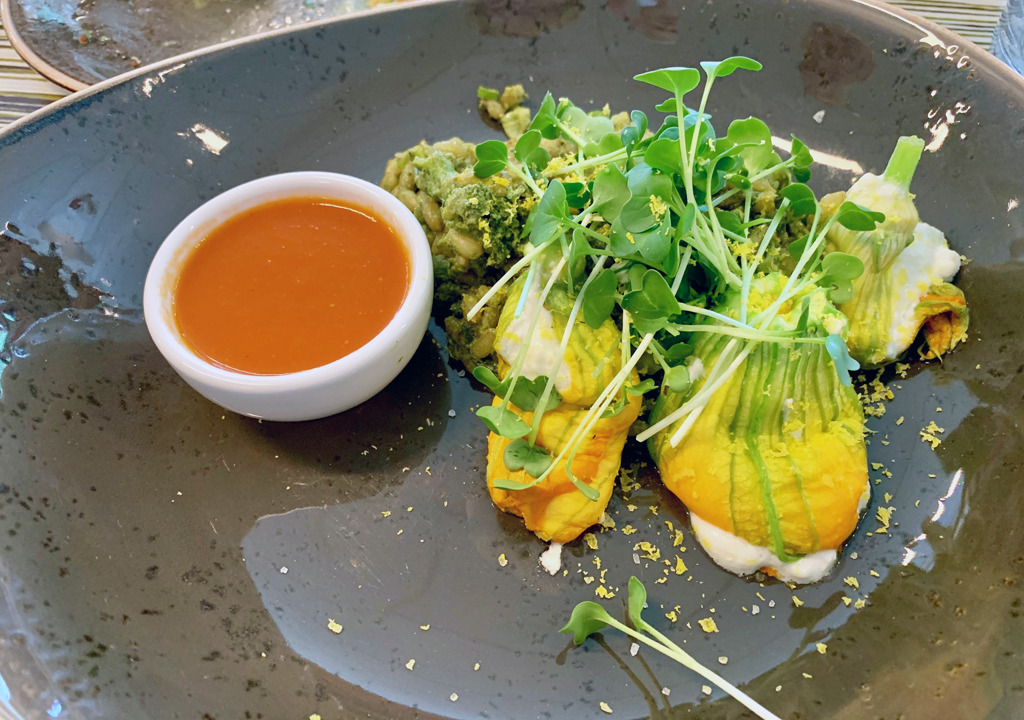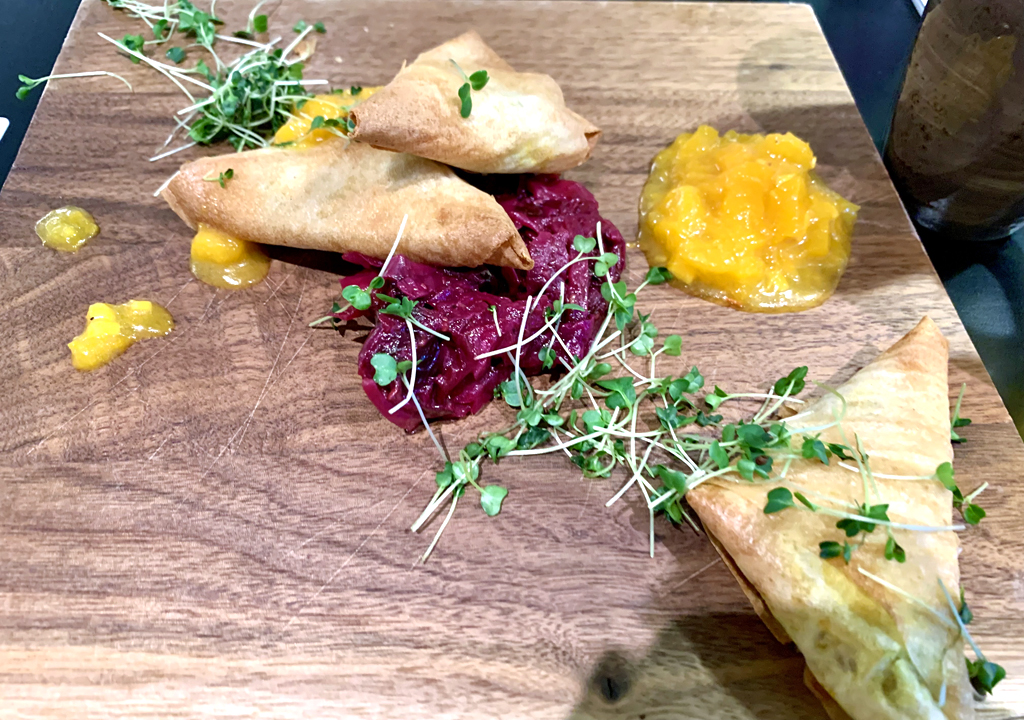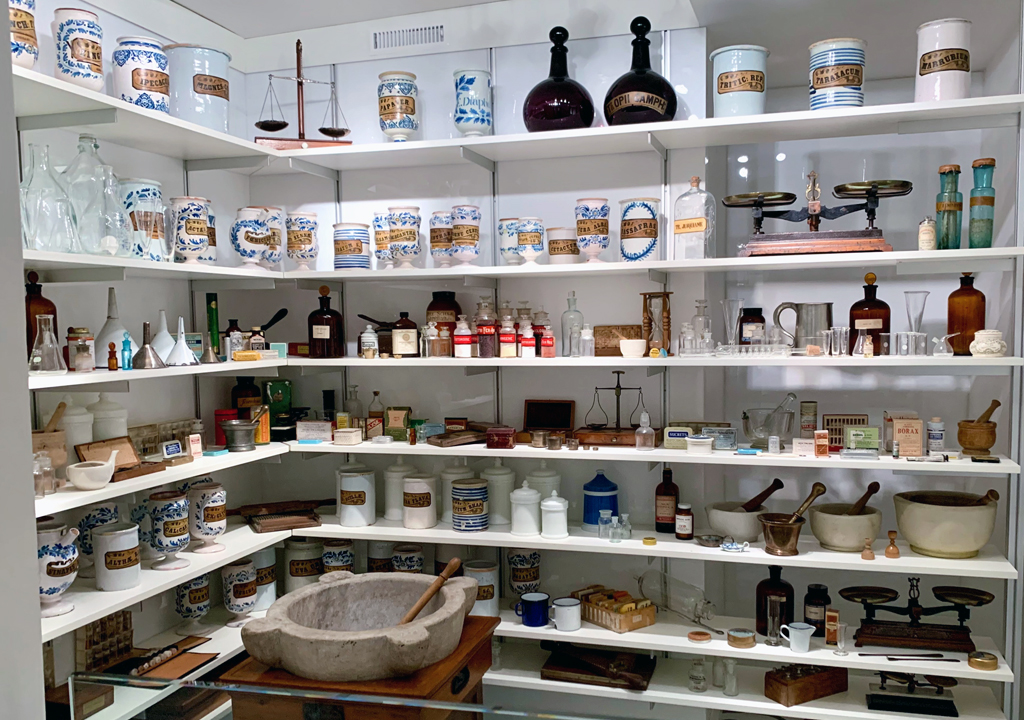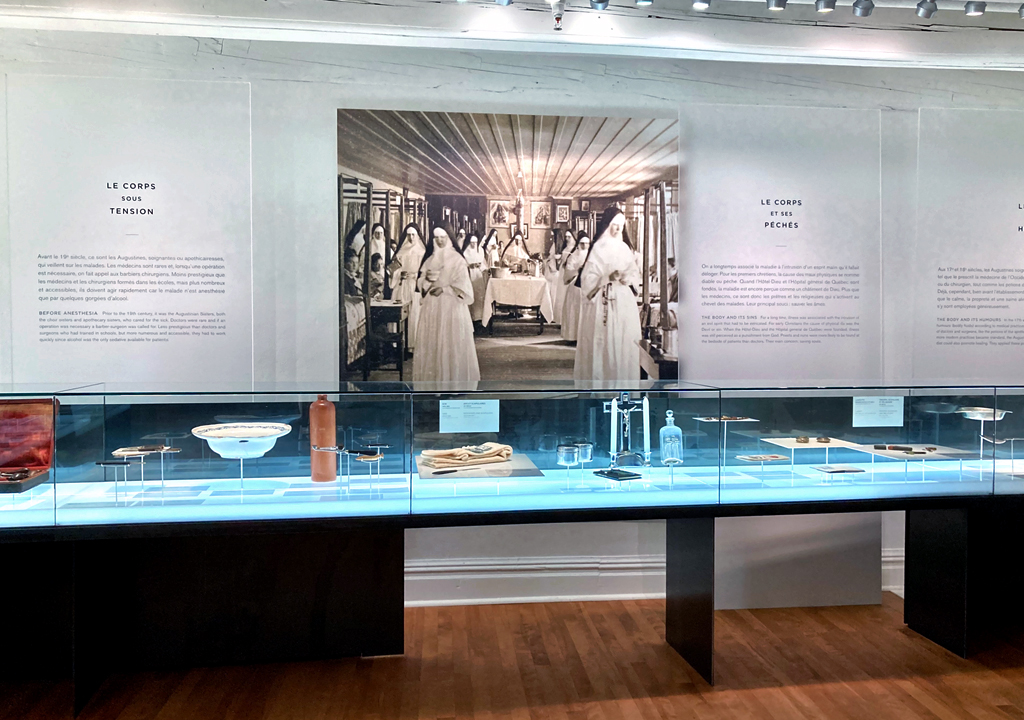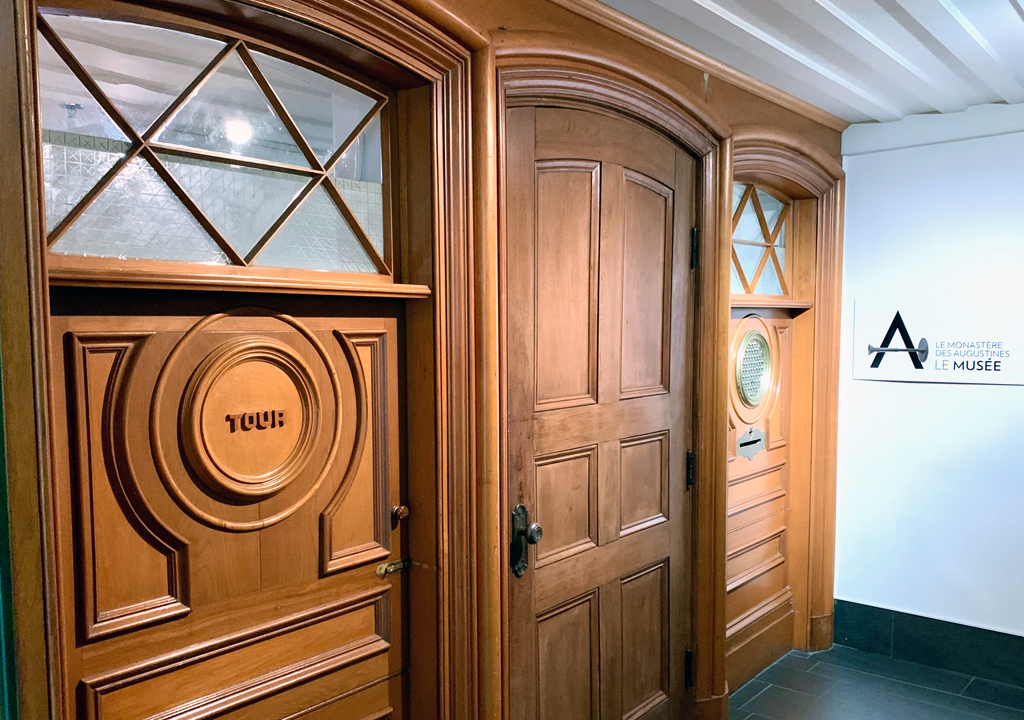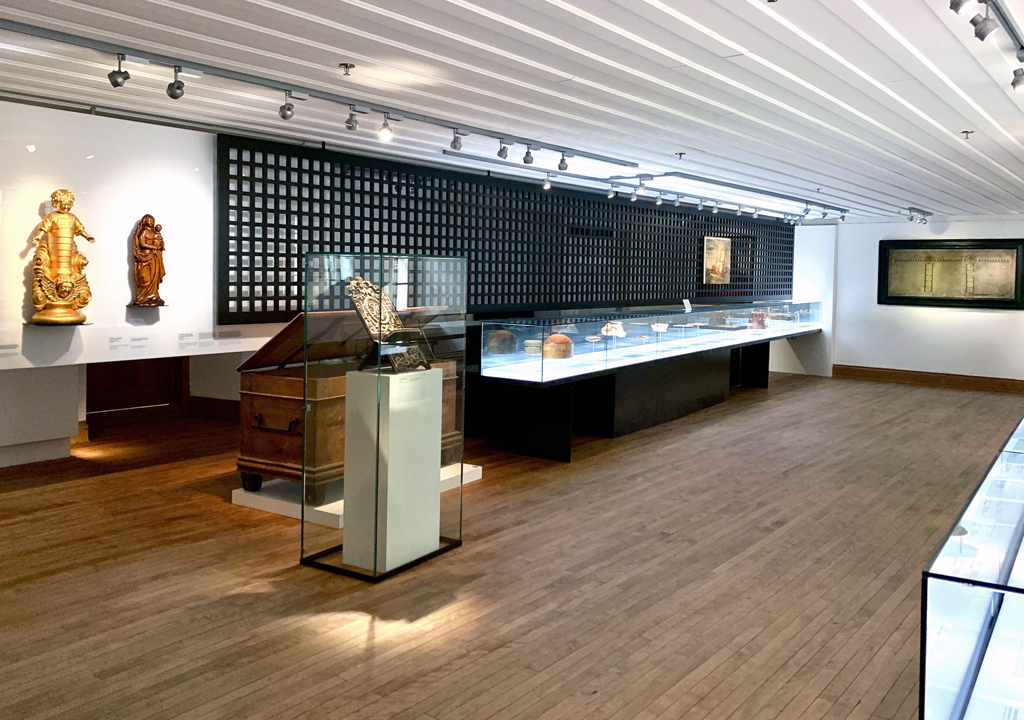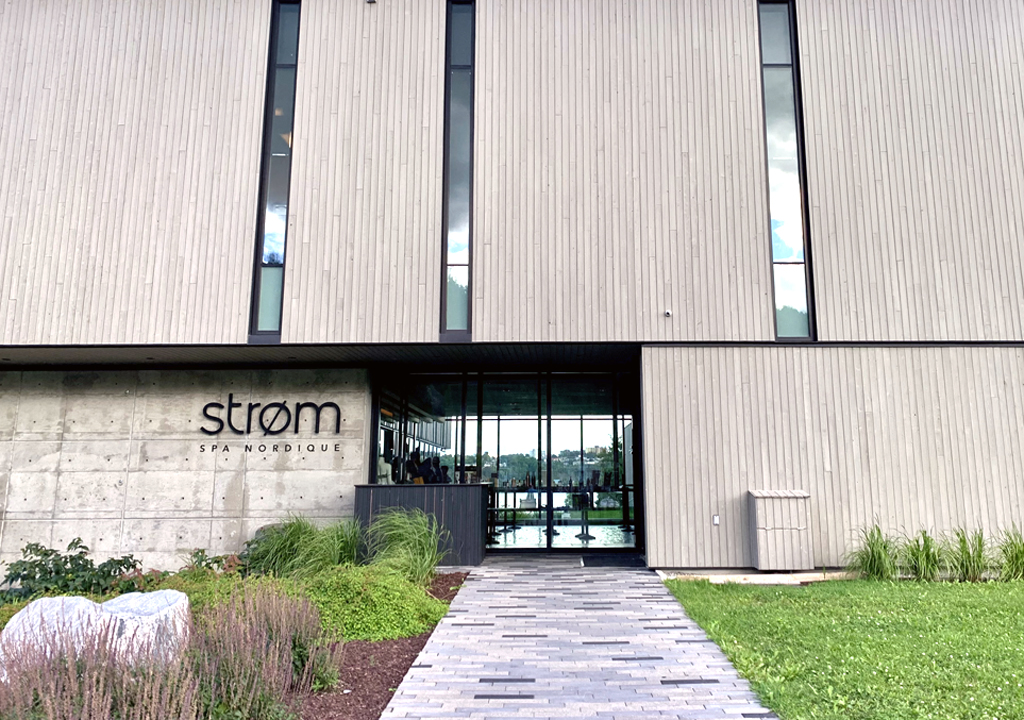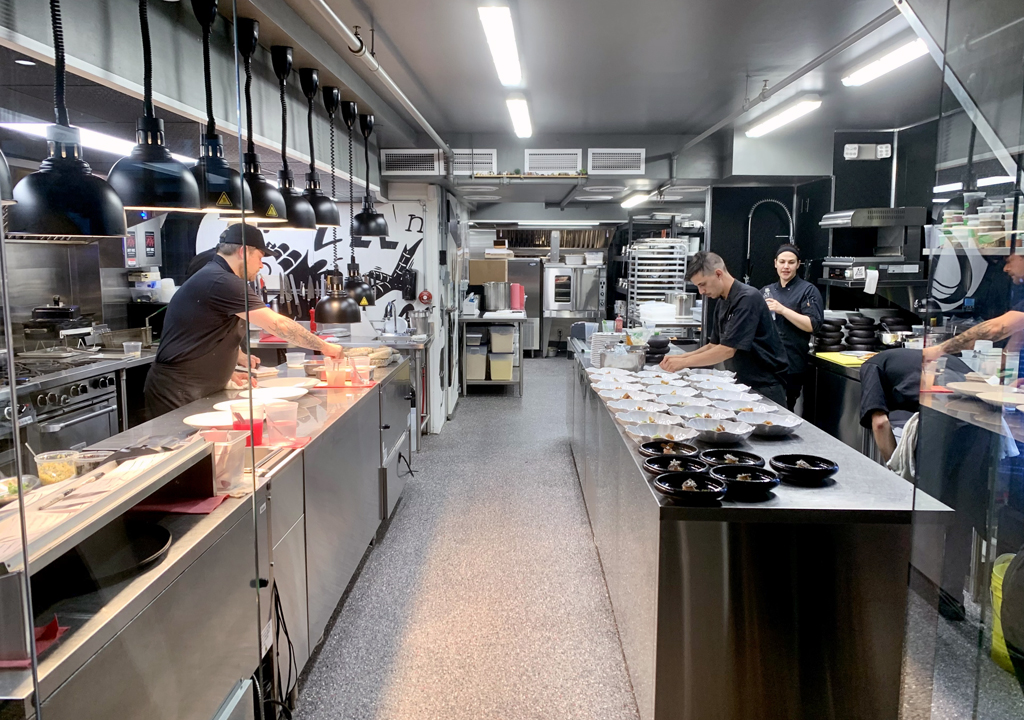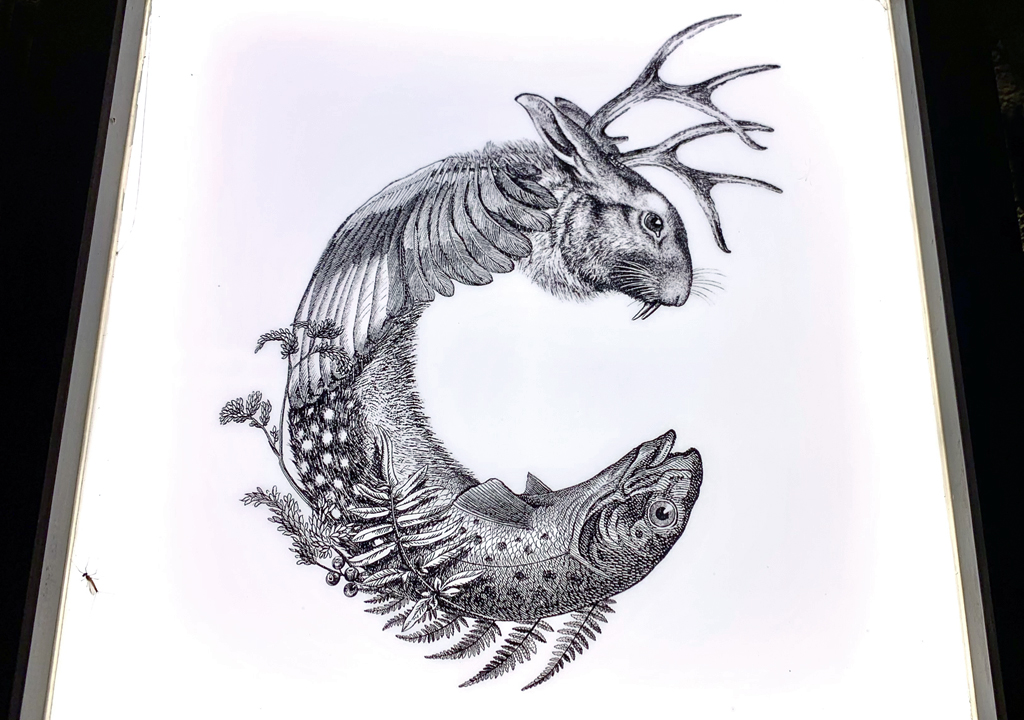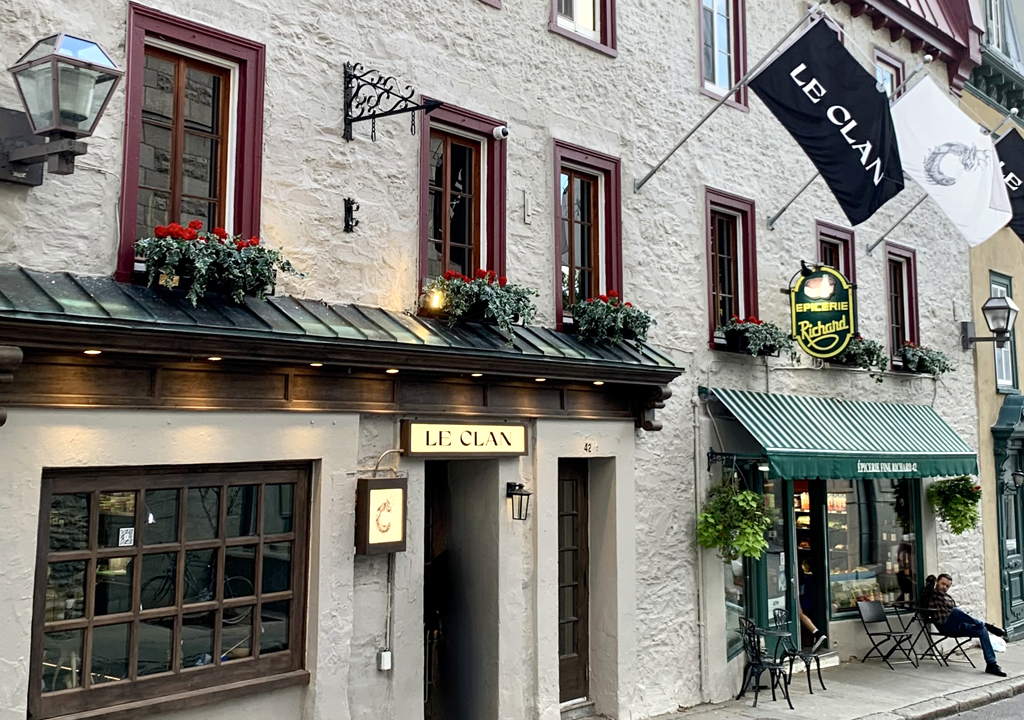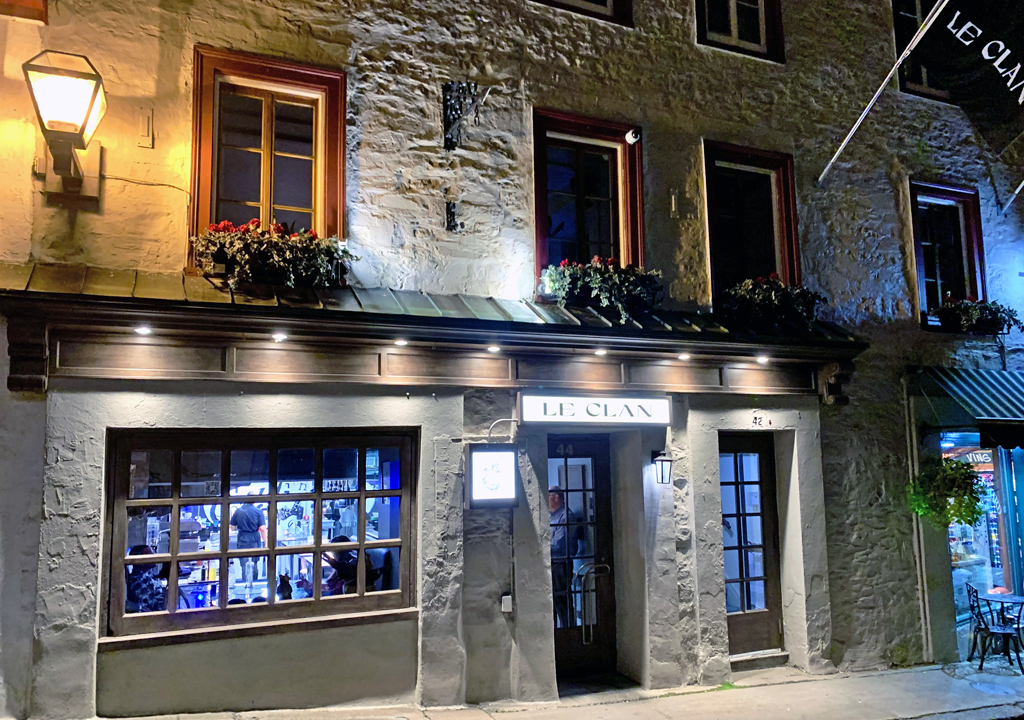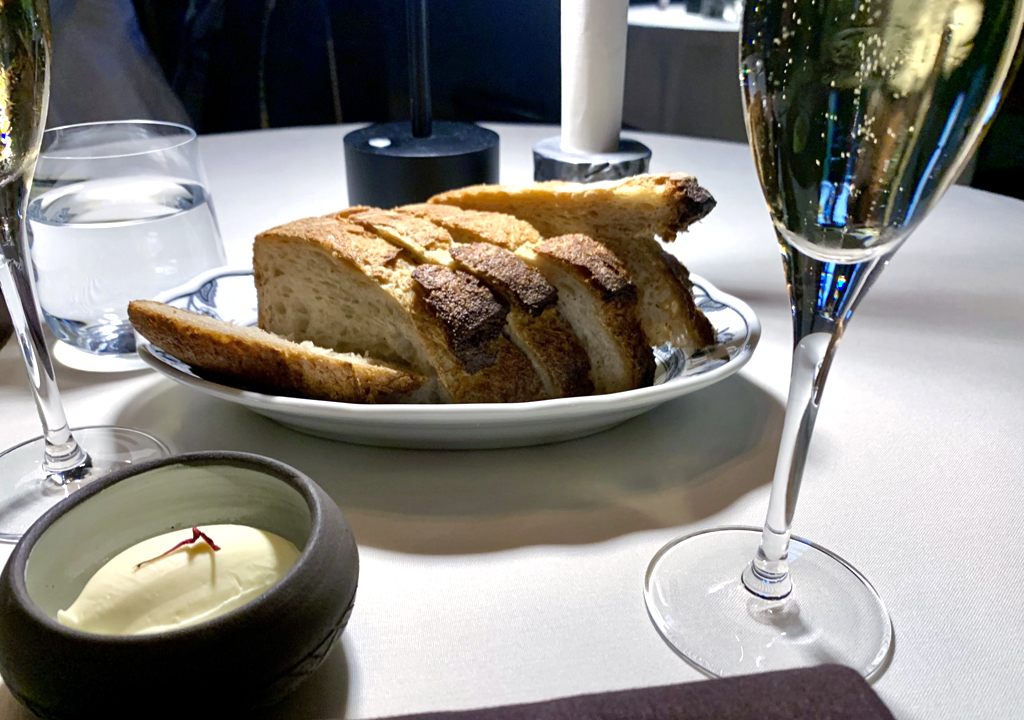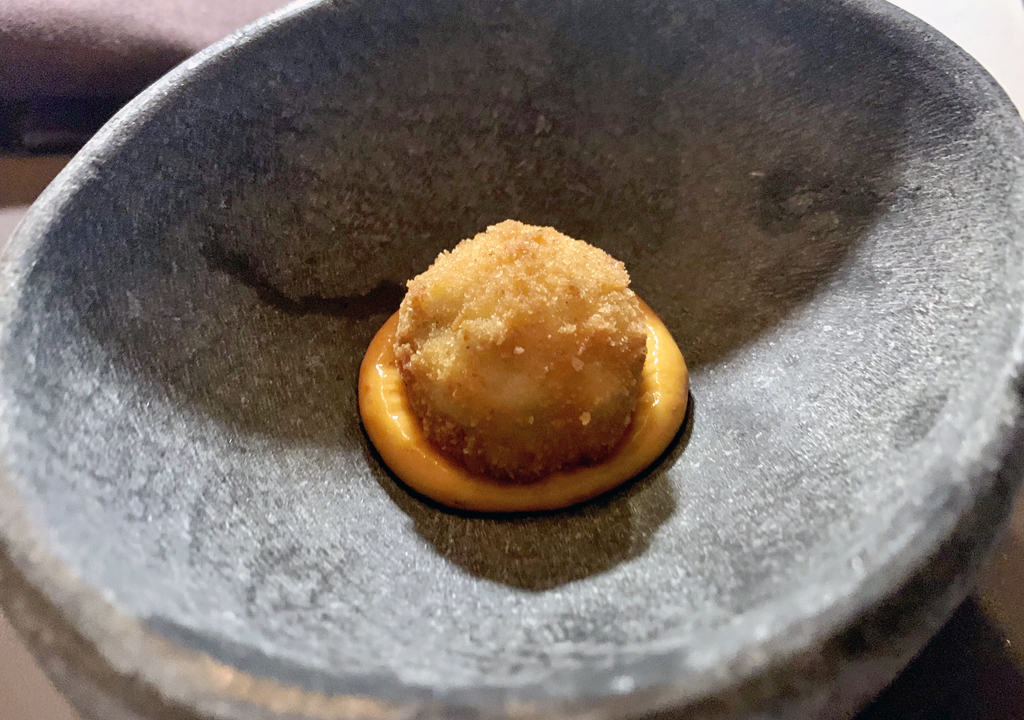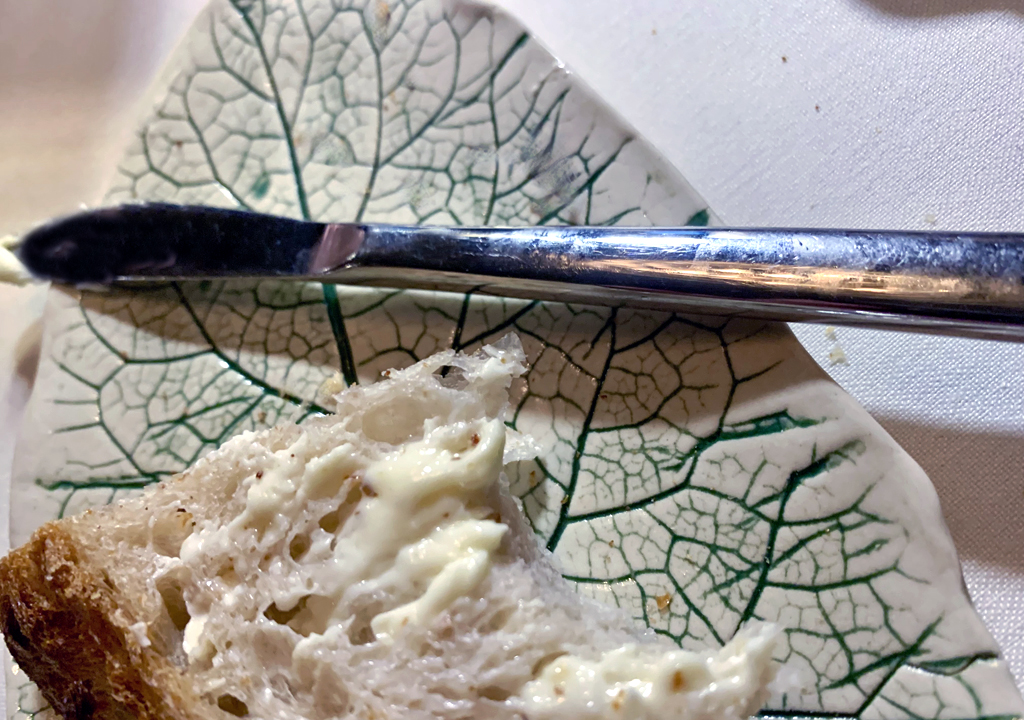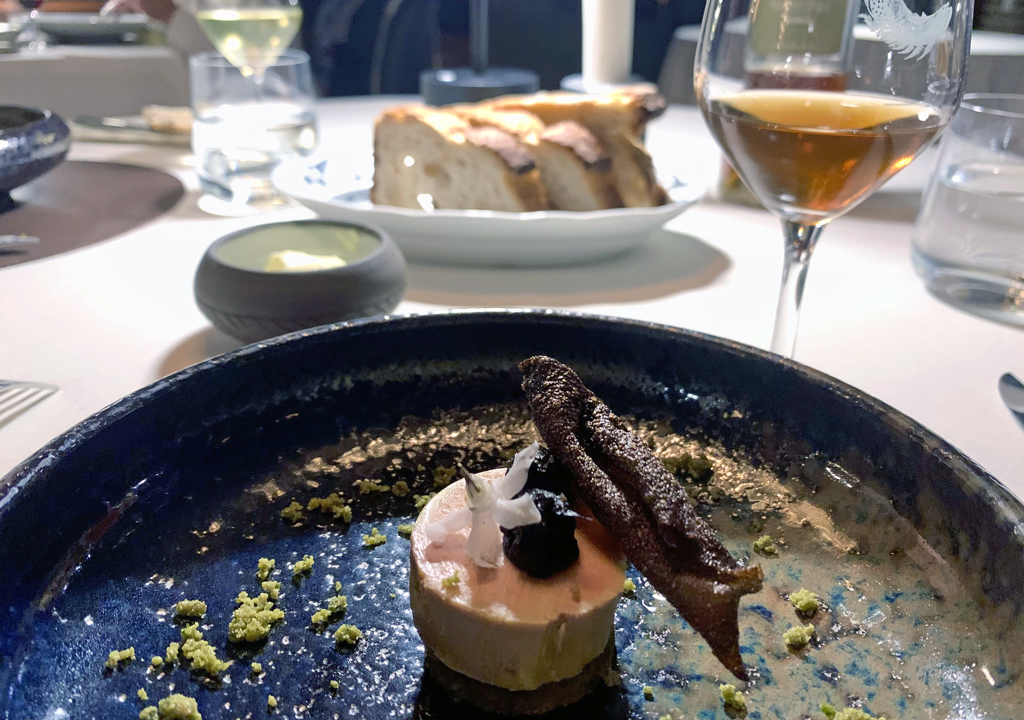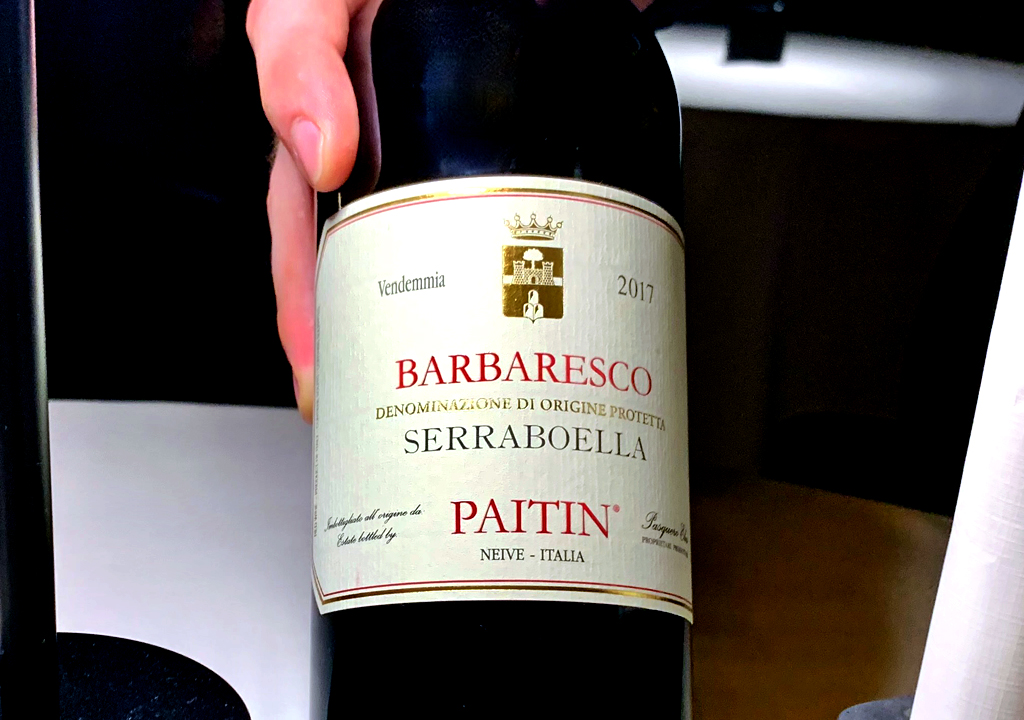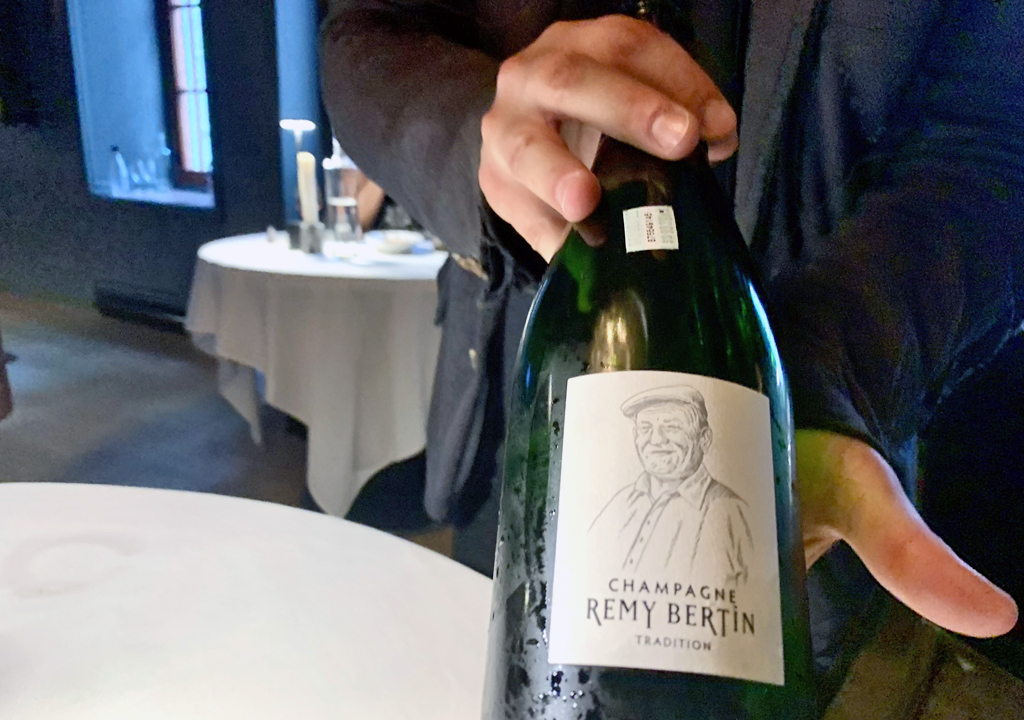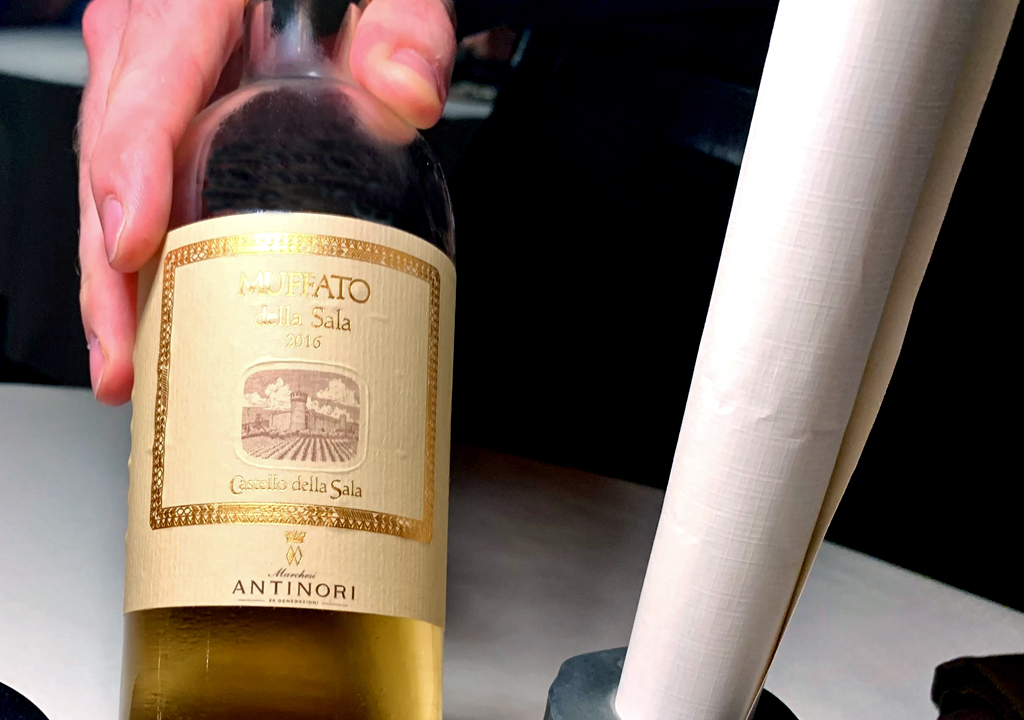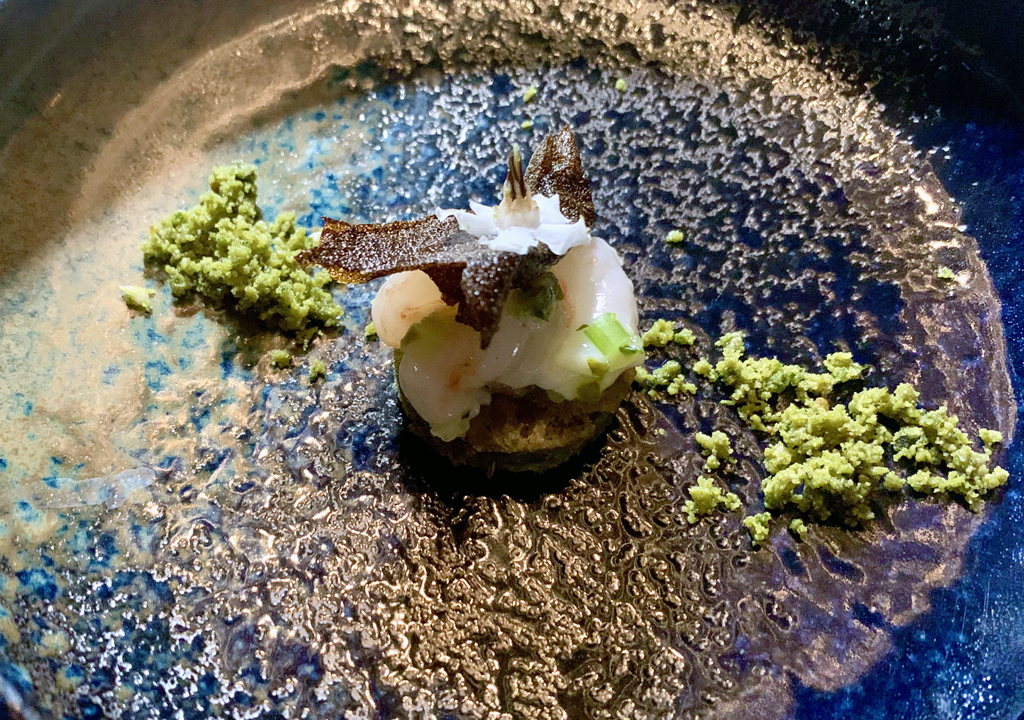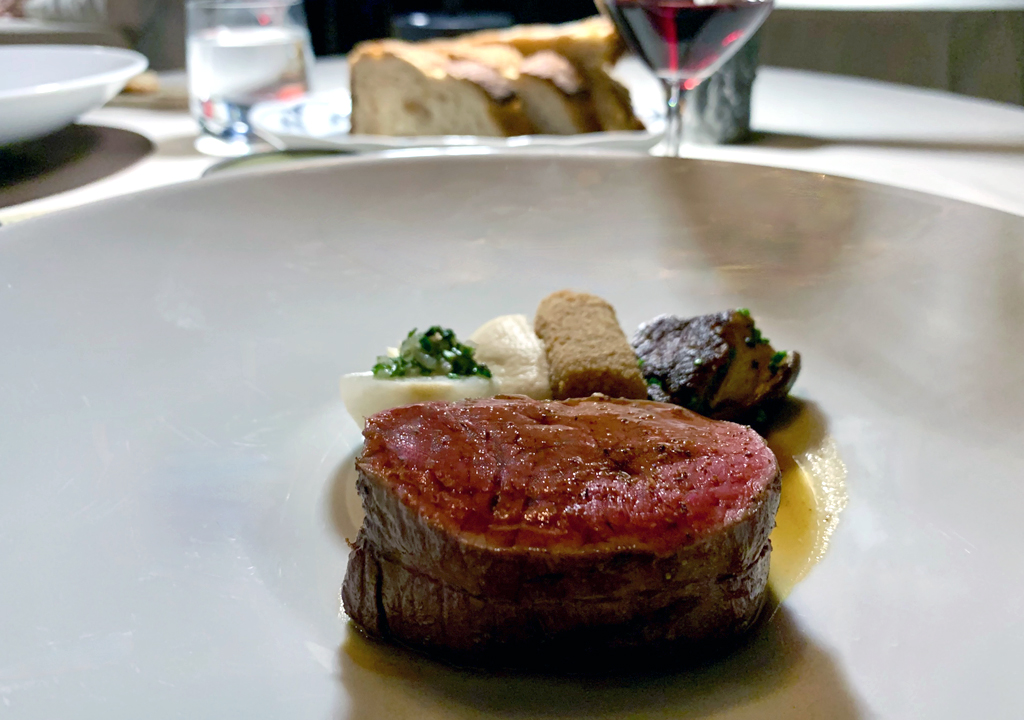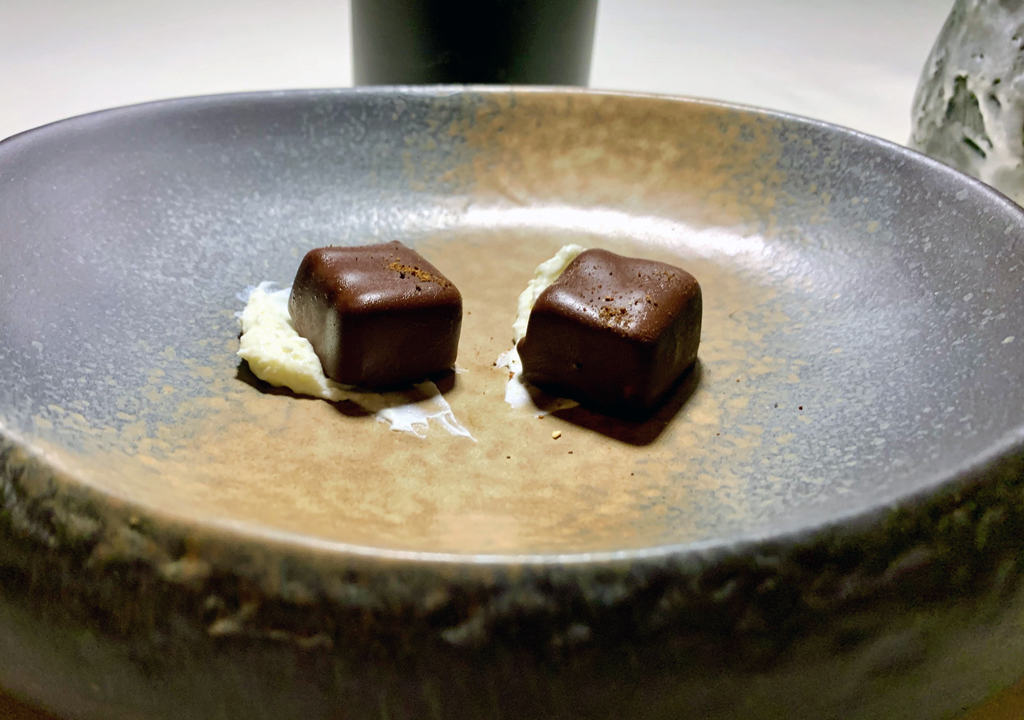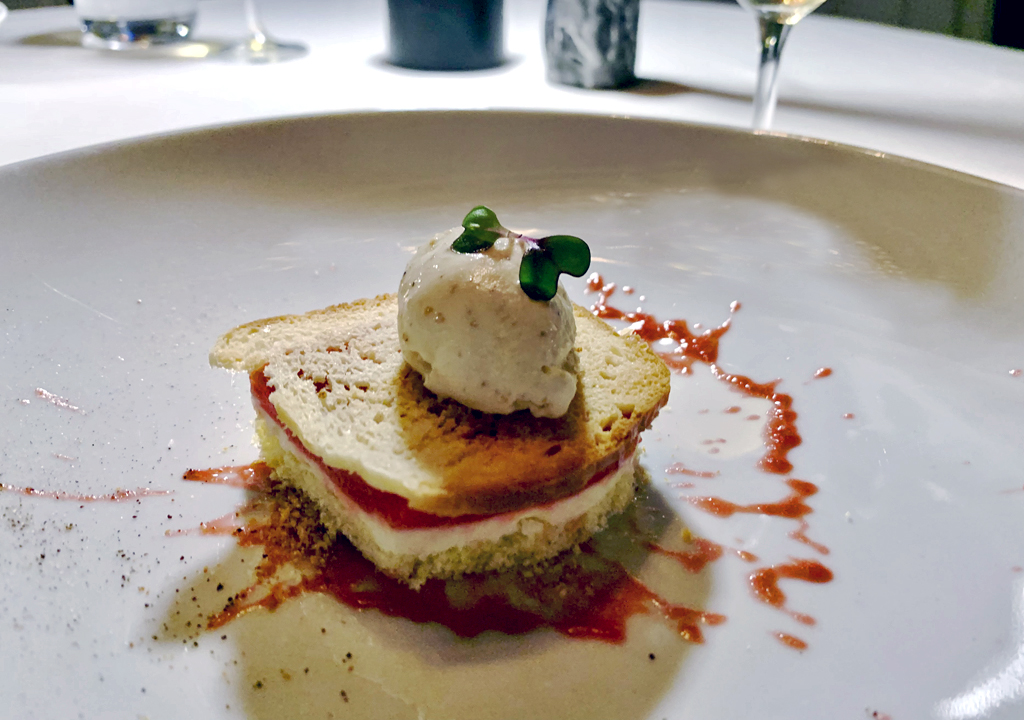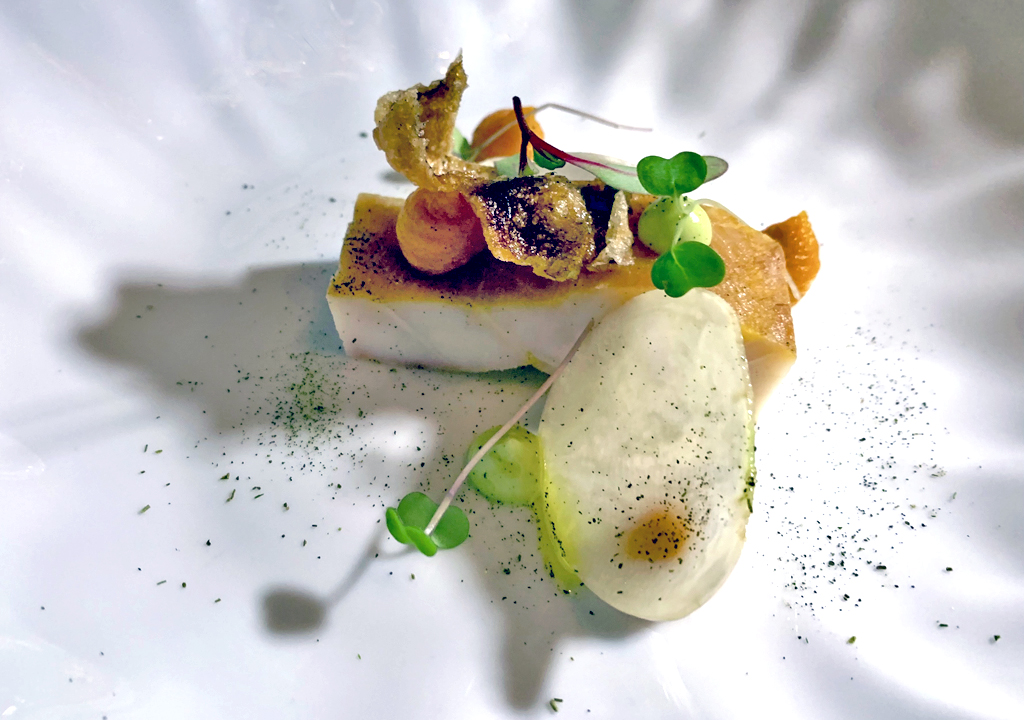Best cities to visit: How Quebec City’s top experiences stem from its roots
Our search was on for a relaxing change of pace in a place known for the quality of its gastronomy, accommodations, and authentic cultural experiences. It led us to that and more in Quebec City, the capital of Canada’s French-speaking province of Quebec, which is known for its joie de vivre and where roots run deep.
We focused on Quebec City’s authentic cultural and religious heritage, that of the First Nations and the Catholic Church, while enjoying some of the best the city has to offer. Who could ask for more?
Quebec’s official language is French, but since both French and English are national languages, there’s the charm of its European flair along with the convenience of the province’s proximity and dual fluency. The icing on the cake (or shall we say gâteau?) is the favorable exchange rate that makes this a place where a splurge becomes more affordable.
Quebec City
Quebec City is the oldest city in Canada and the only fortified city north of Mexico. In the 1970s the government bought and began restoring the buildings of Vieux-Québec. In 1985 it was designated a UNESCO World Heritage site.
But If the British won control of Canada, how did Quebec stay French?
The city’s ramparts were originally built in the 17th century to defend this strategic location and commercial entry point on the St. Lawrence River. Although the British defeated the French in 1759 for control of Canada, they realized that concessions had to be made with those in power. The Quebec Act of 1774 allowed the Catholic clergy to remain in Quebec and to collect tithes and the feudal-style lords known as seigneurs to continue to collect rents from tenants. As a result, the French culture, religion and language live on in this province.
Wendake: home of the Huron-Wendat Nation
The Huron-Wendat Nation was here long before French explorer Jacques Cartier “founded” Quebec in 1608. The Nations’ traditional territory at Wendake, which means “a land apart,” is an ideal place to begin. The 4-star Hôtel-Musée Premières Nations includes accommodations, fine dining, a unique museum all under one roof. Kwe! It’s an experience in First Nations hospitality.
Indigenous art and artifacts are displayed throughout. The legacy of the fur trade is clear from the abundance of wild animal pelts found in the public areas and guest rooms.
Take a guided tour to best appreciate the Huron-Wendat history, art and traditions showcased through the interactive museum’s rare collections. Step outside to the longhouse to learn about myths and legends.
In the Old Wendake Historic Village explore the craft shops and Notre-Dame-de-Lorette Church, established by the Jesuits and a National Historic Site of Canada. Cross the street to the animal figures that represent the legend of creation and to view the fresco of the Nation. Descend the stairs to hear the roar and feel the mist from the 92’ high Kabir Kouba Falls as it plunges into a 138’ deep canyon.
The Huron-Wendat were the only amerindian group granted land by the French king. An archaeological excavation by the falls in 2009 revealed artifacts from saw and paper mills and the Jesuit-run 18th and 19th century flour mill that was required under the seigneurial system.
Continue the cultural immersion at the hotel’s restaurant, La Traite. For the best view of the outdoors as well as the artifacts within, reserve at a table overlooking the Akiawenrahk River.
The menu was created by internationally-renowned two-star Michelin chef Marc de Passorio, whose award-winning natural and seasonal cuisine incorporates game meats, native berries and herbs from the boreal forest. It inspired by the Aboriginal people who hunted, fished and gathered here and reflects the flavors of the native land.
The three or four course Table de Saison includes traditional bannock bread and seasonal options like scallops with smoked corn powder, the signature deer medallion, and maple mousse. À La carte and vegetarian options are available.
Complete your day under the stars as you walk the forest pathway at Onhwa Lumina. Feel the spirit of the ancestral rhythm and song and video projections that celebrate the Wendat Nation and way of life.
Quebec City
Continue your First Nation cultural experience in Quebec City with lunch at Sagamité Old Quebec, named for the First Nations stew made with venison and the “Three Sisters,” corn, squash and red beans. Surround yourself with indigenous art while enjoying traditions through gastronomy.
Luxurious accommodations and the best views in the city
The 4-star Hilton Quebec is conveniently located in the Upper Town next to the elegant eight-story Parliament building. All the Hilton’s guest rooms have sweeping views of the city, but book ahead for one overlooking the St. Lawrence River and Old Quebec or the elegant Parliament, one of the few buildings in North America in the Second Empire style. These are the best views in Quebec City.
Executive floor rooms include access to the VIP Lounge and its panoramic floor-to-ceiling city view, deluxe continental breakfast, refreshments all day and a light buffet in the evening, making for a carefree stay. Toop it all off with a dip in the heated pool on the roof.
Continuing its holistic care: The Augustinian Monastery
The Augustinian Monastery has served those in need of care since Augustinian nuns arrived in what was then New France 1639 to found the first hospital north of Mexico. They served as nurses, administrators and pharmacists, treating patients with imported herbs as well as local ones used by First Nations people.
With the government handling health care since the 1960s and the nuns advancing in age and declining in number, the monastery’s original mission of holistic health care has been reinvented to meet current needs as a holistic retreat center. The accommodations and special programs are open to all. Respite care was provided for first responders and caretakers during the pandemic at a discounted rate.
For the full experience, book overnight accommodations for a few days in either an authentic former nun’s chamber with a shared bathroom or a larger contemporary room with ensuite bathroom. There are no televisions or phones in the rooms. Three healthy meals a day are available along with green juices, a holistic health consultation, specialized services, private massage, reflexology, breathing and posture sessions, access to movement and wellness sessions, and a consultation at the end. The serenity of the facility is maintained with silence at breakfast, an ideal time for meditation and contemplation.
Day passes are also available and include the opportunity to experience relaxing tranquility of the facility, heritage walking tours, access to the four centuries of artifacts in the museum (open to 5 p.m.), a 60-minute gentle movement and wellness or relaxation activity, access to the Augustinian’s choir before 5:30 p.m.) and relaxation and mindful eating with a meal and unlimited snacks at Le Vivoir.
In keeping with the holistic health commitment, nutritious meals are offered, based on principles of mindful eating and healthy cooking that prioritizes local and organic ingredients.
A quotation on the wall reads that Le Vivoir is “a bright room for taking time to savour the present moment, a cozy conversation or quietude. Imbued with memories and exuding warmth, Le Vivoir is a haven for nurturing body and soul.”
The thermal experience: Strøm Nordic Spa
For another stellar experience in refreshing the body and mind, enjoy the thermal experience at Old Quebec’s Strøm Nordic Spa. Allow several ours here to fully experience a Scandinavian tradition, the array of therapeutic hot and cold waters with time for a rest in between. A visit also comes with an view of the activity along the St. Lawrence River. Book ahead for this as well as the massotherapy and beauty treatments.
Restaurant Le Clan: The grand finale
Dinner at the highly acclaimed Restaurant Le Clan is a grand and fitting finale to a Quebec City cultural adventure. Chef Stephane Modat, who is from southern France and honed his skills in many prestigious restaurants in France, was the Executive Chef at the Château Frontenac’s Champlain Restaurant before opening this nearby restaurant.
Chef Modat’s authentic cuisine incorporates local Quebec products and techniques he studied with the First Nations people. The attention to detail includes courses being served on works of art by Wendat ceramist Line Gros-Louis, whose pottery has been featured in several museums.
Prepare to be pampered by the staff’s warm, attentive, yet not overwhelming service. The sommelier’s expert descriptions ensure that subtleties of the wines do not go unnoticed.
Make reservations as early as possible to so as not to miss this exceptional experience.


